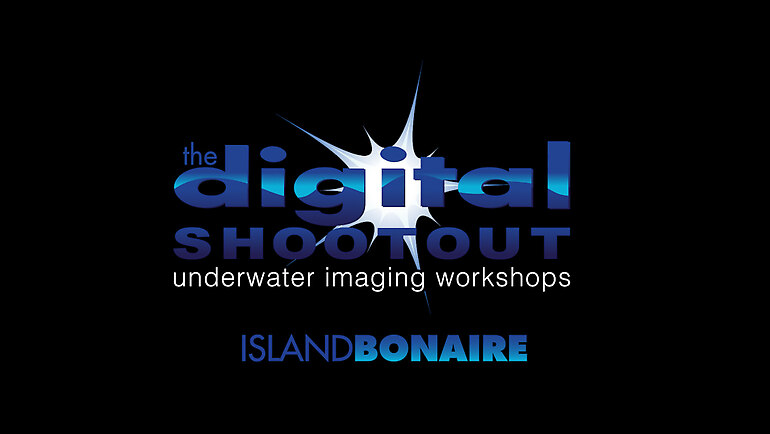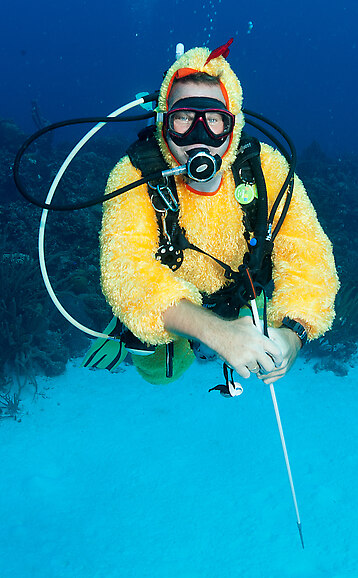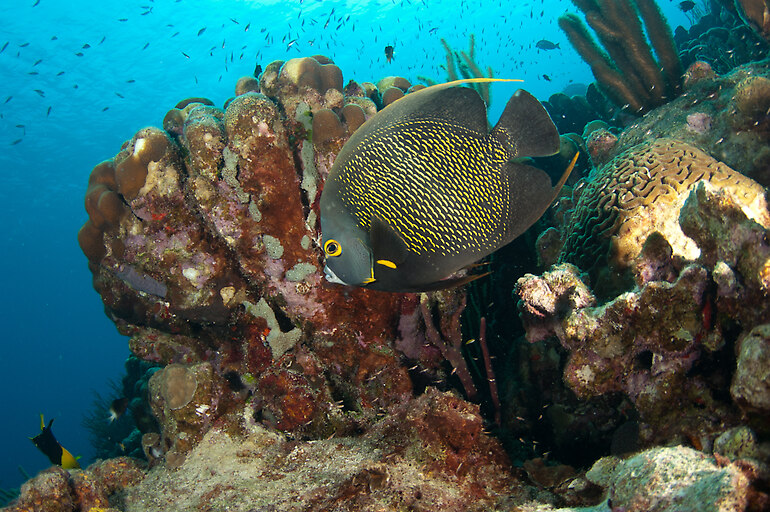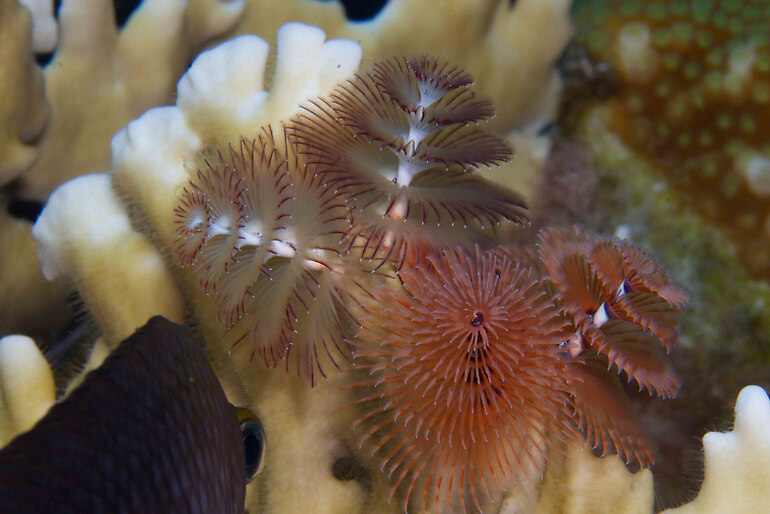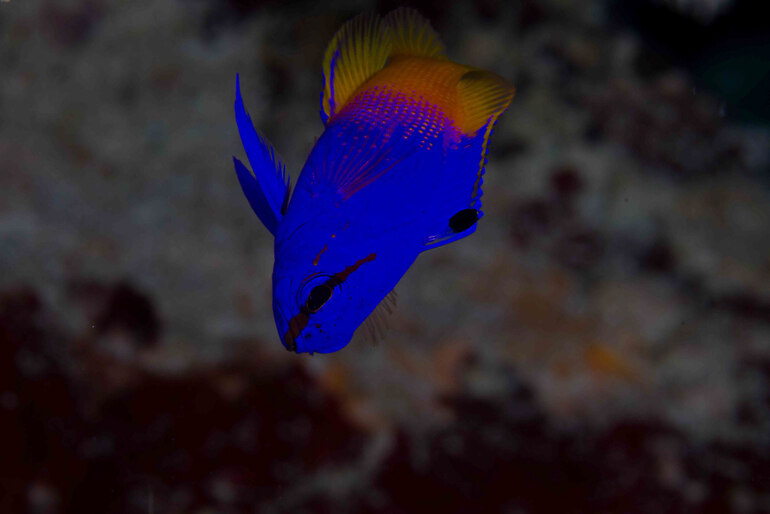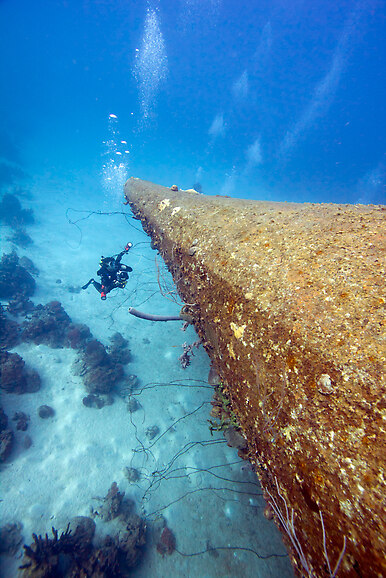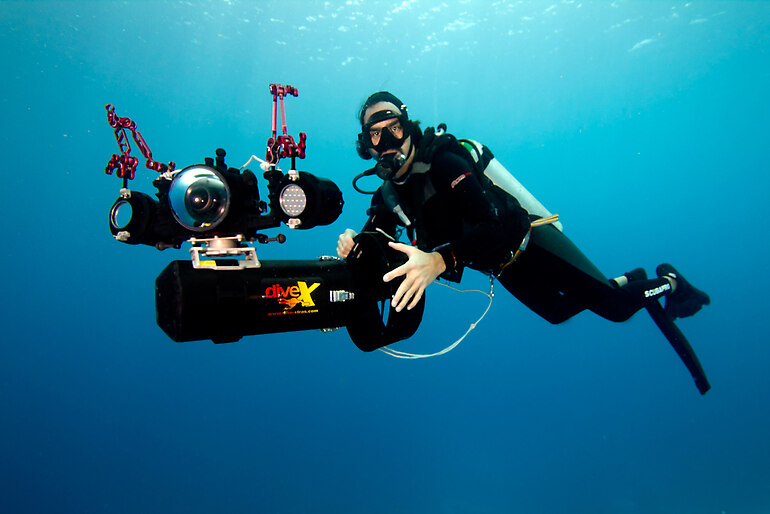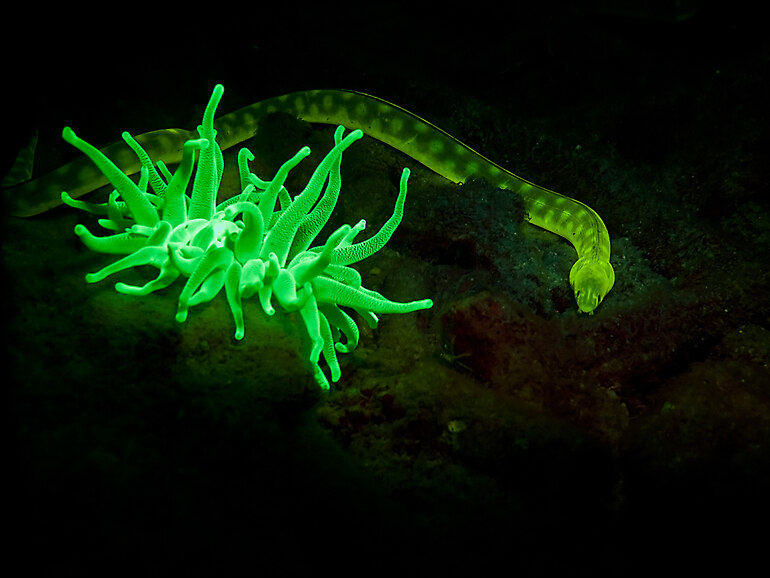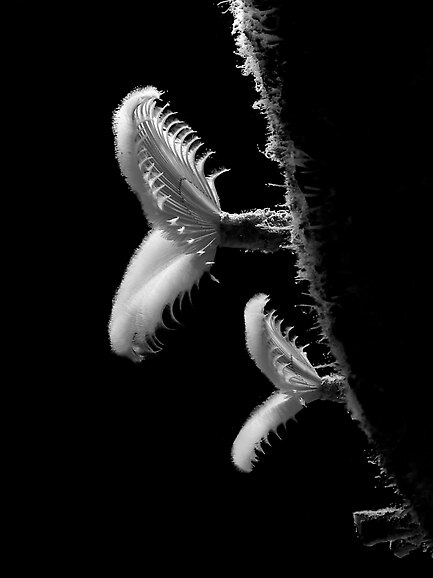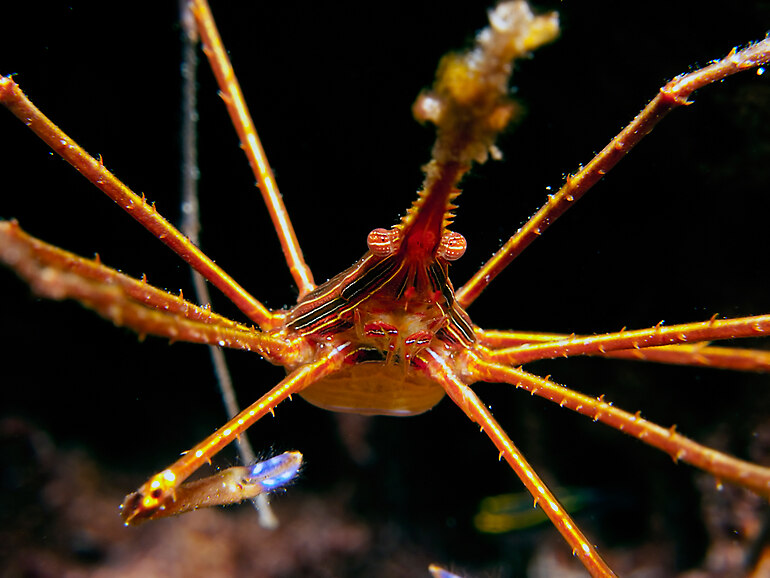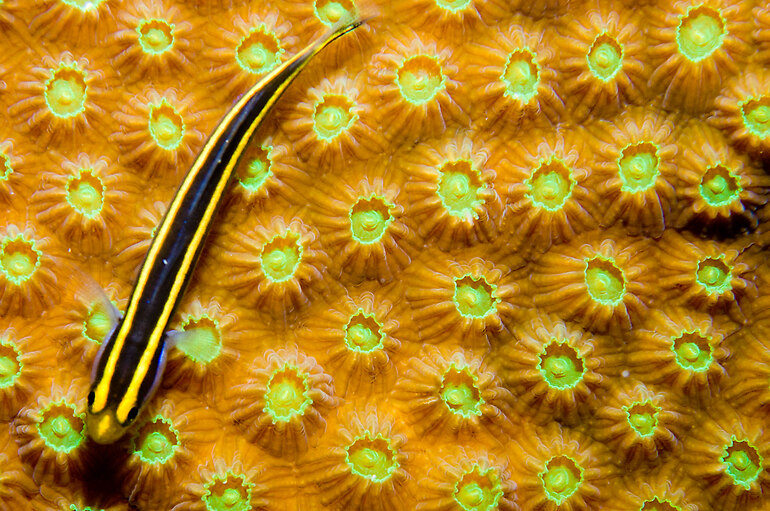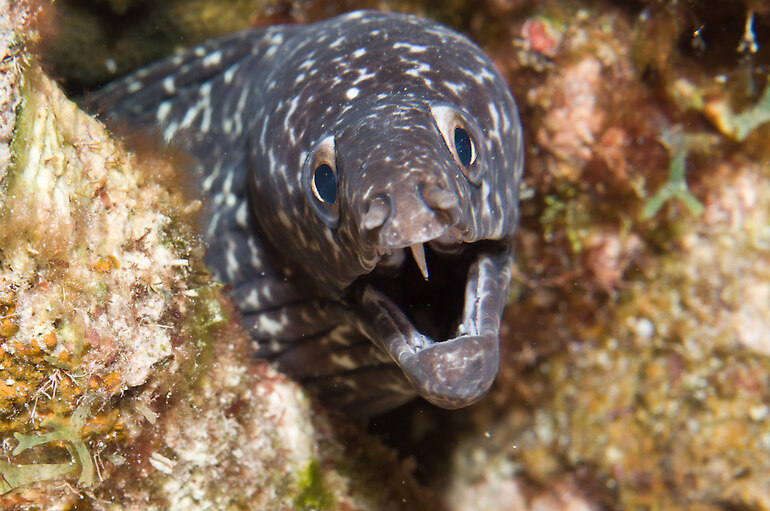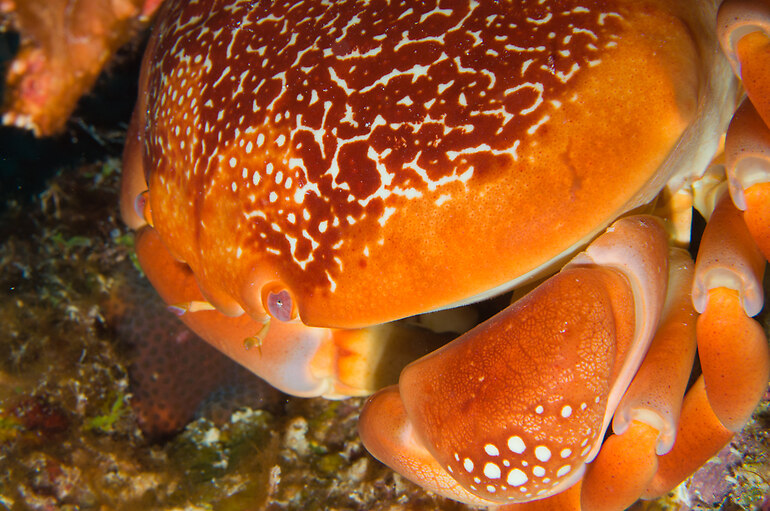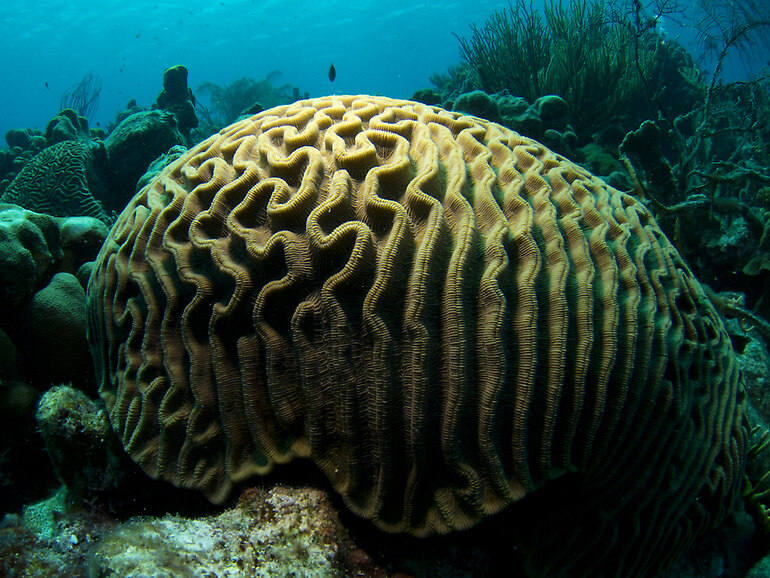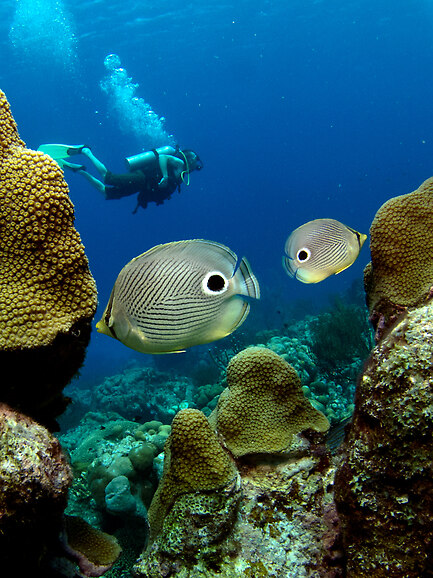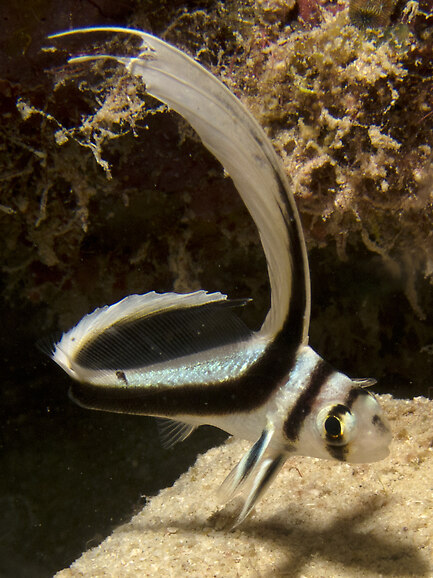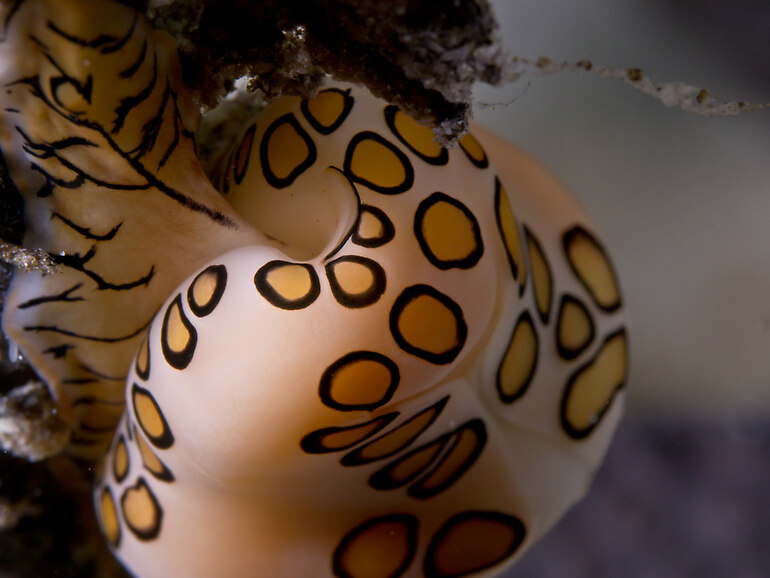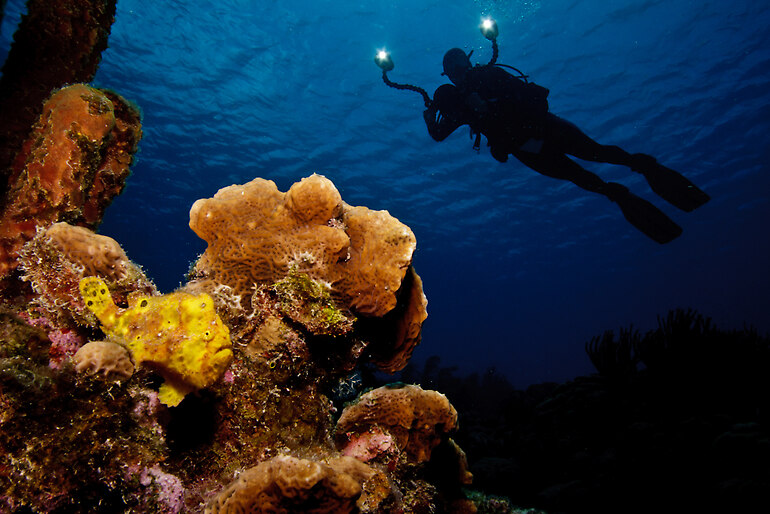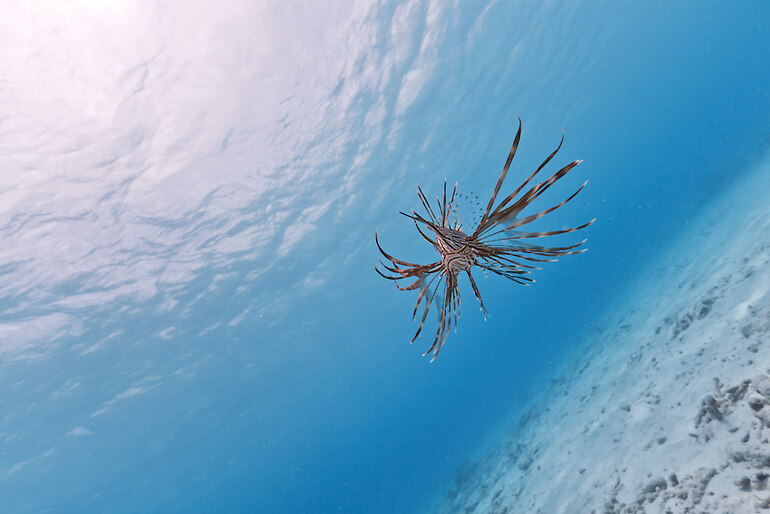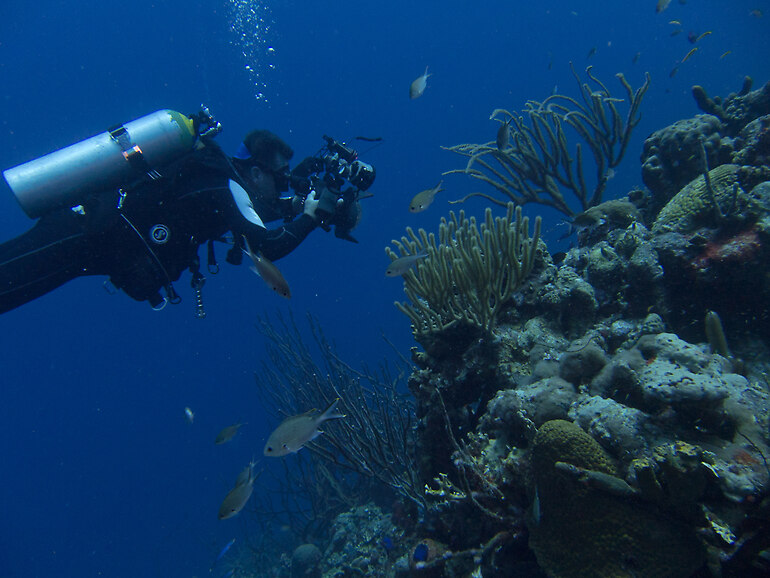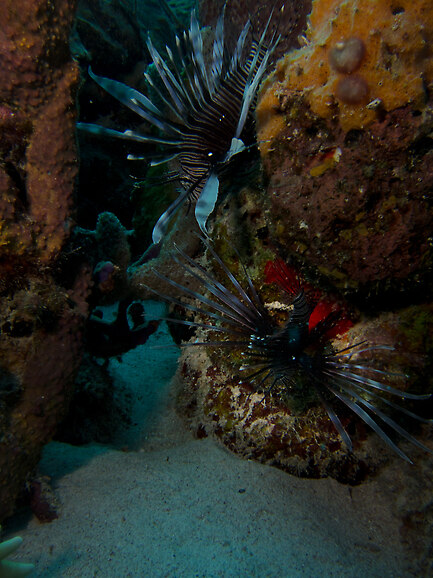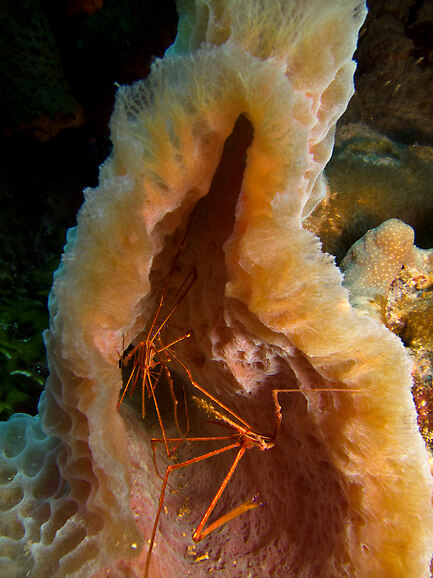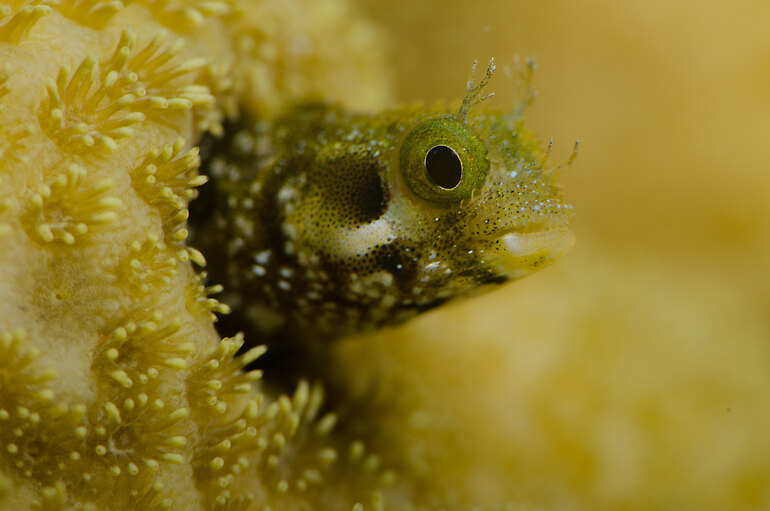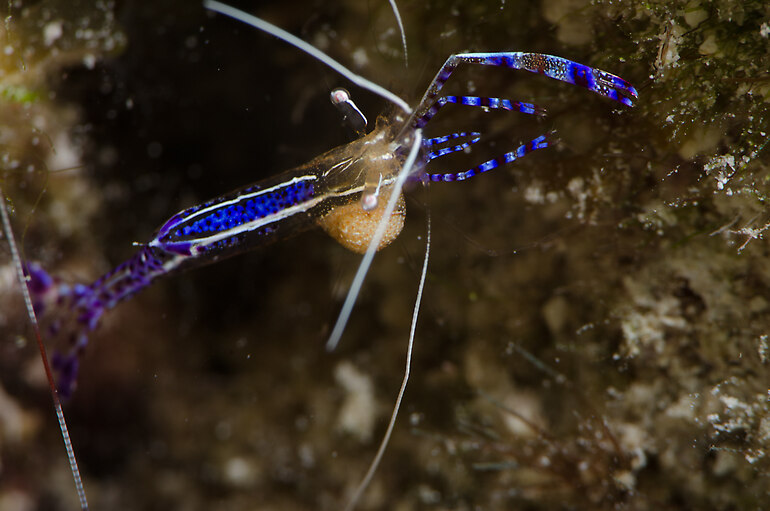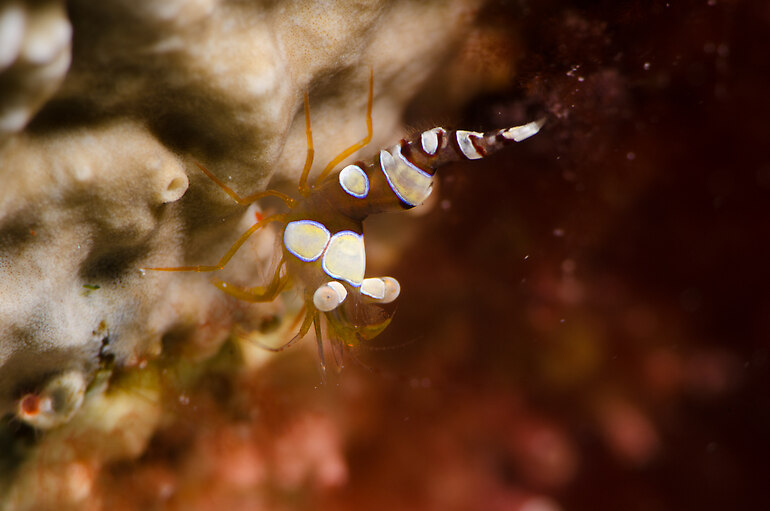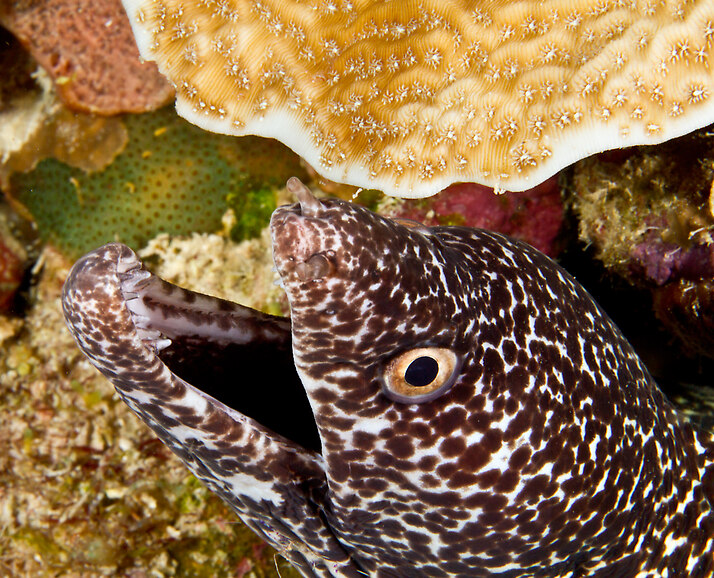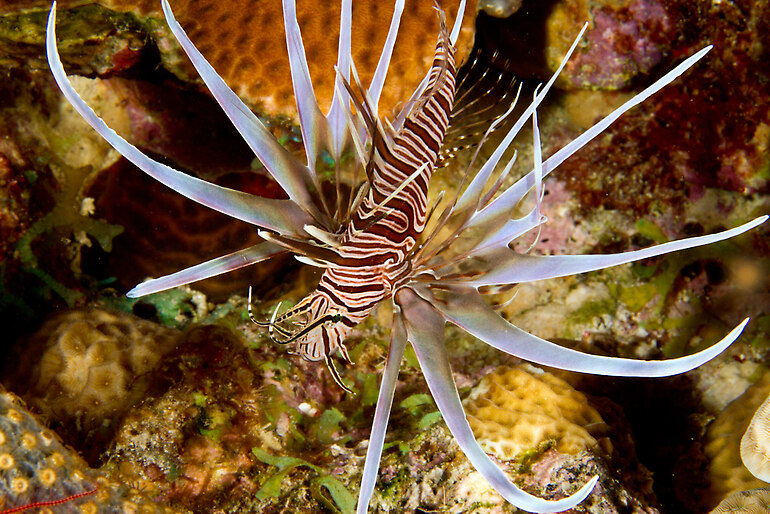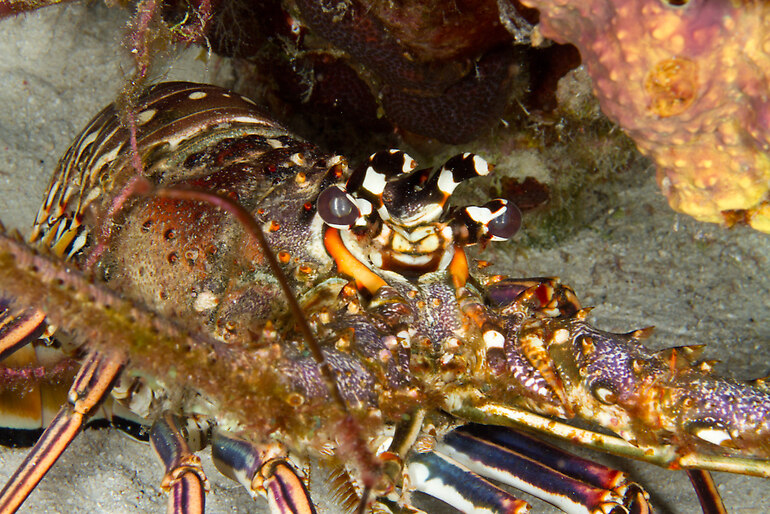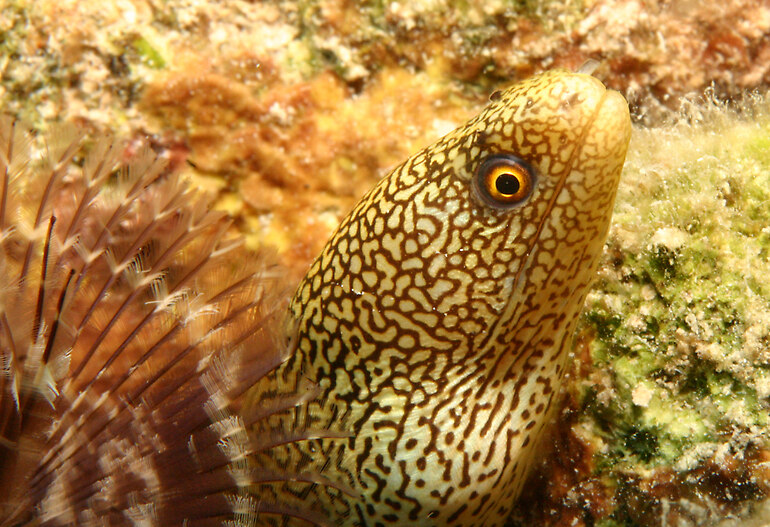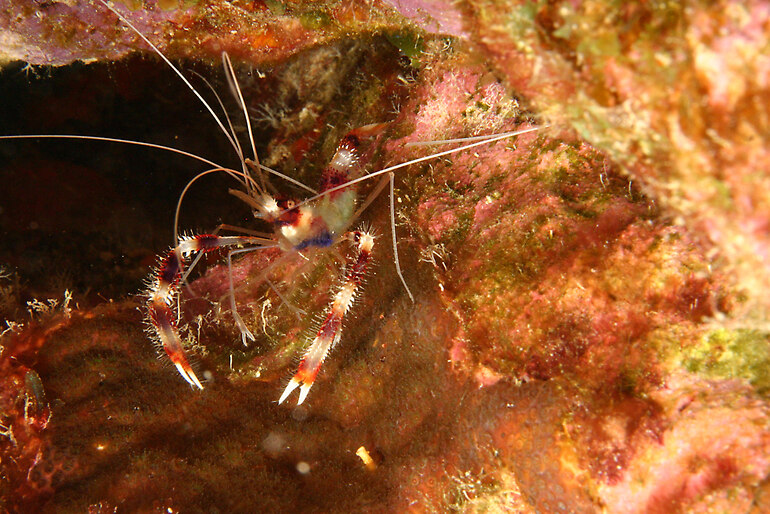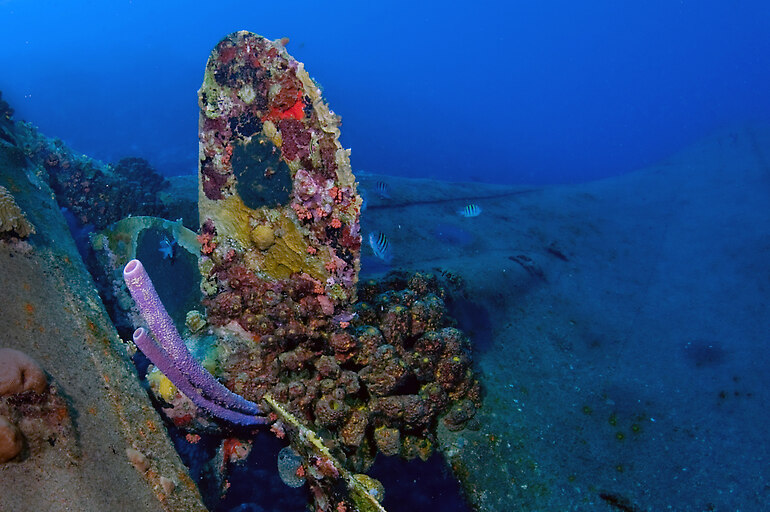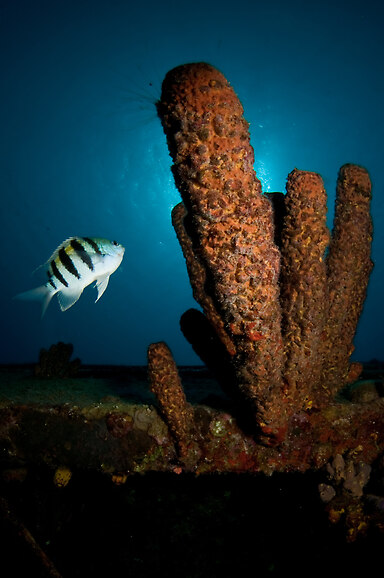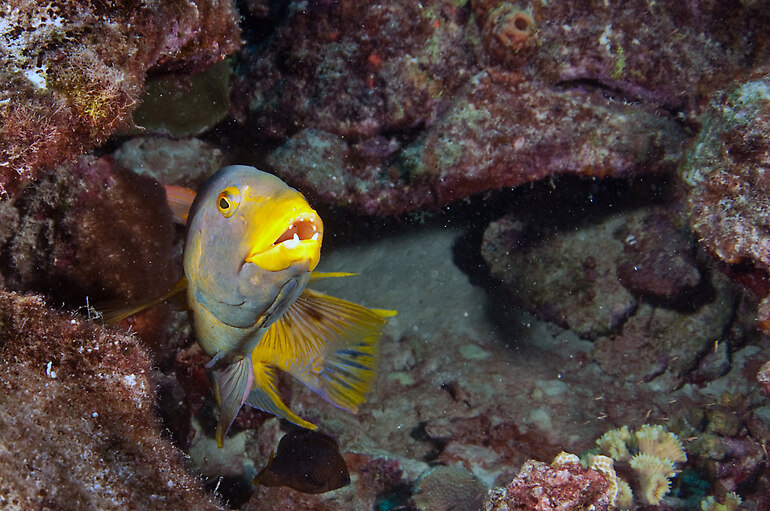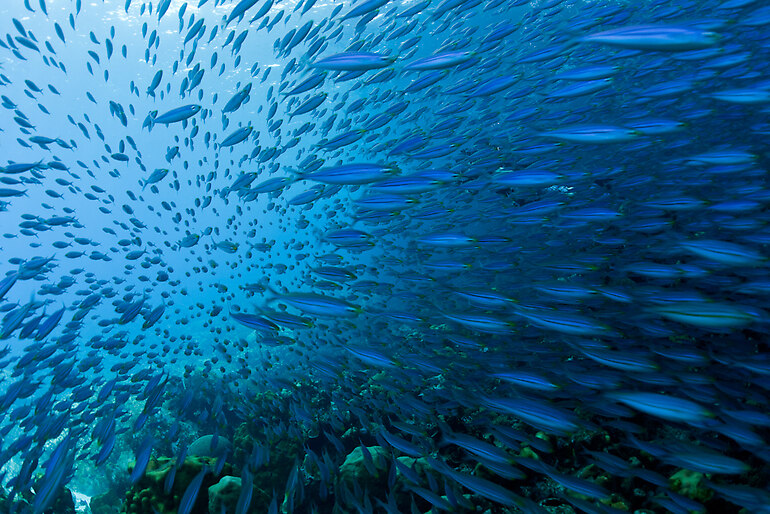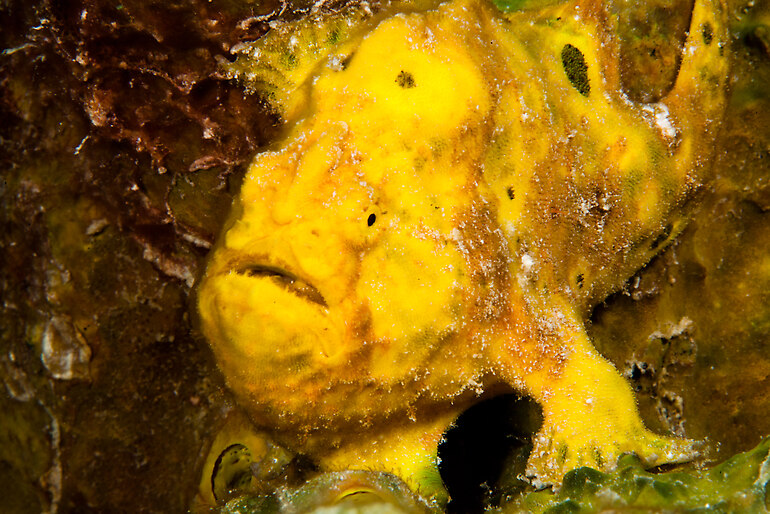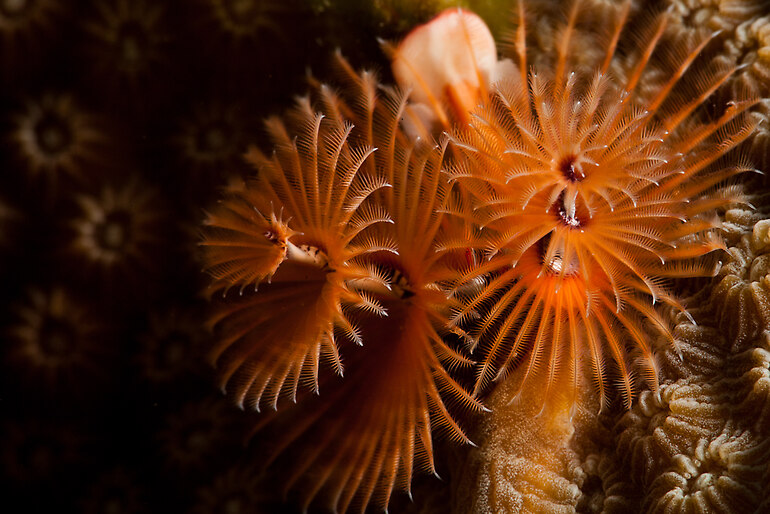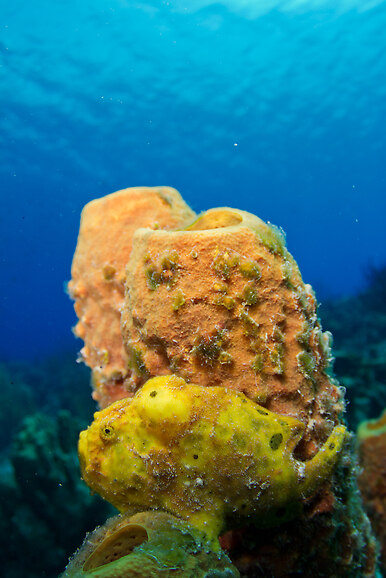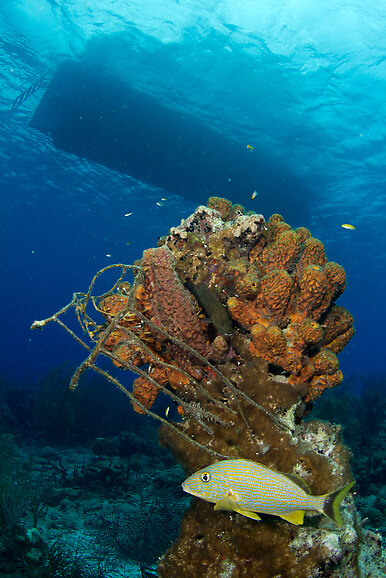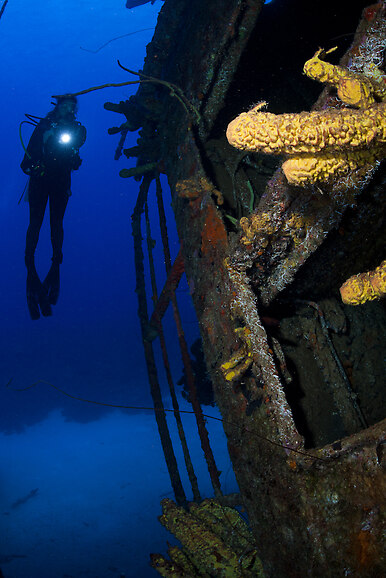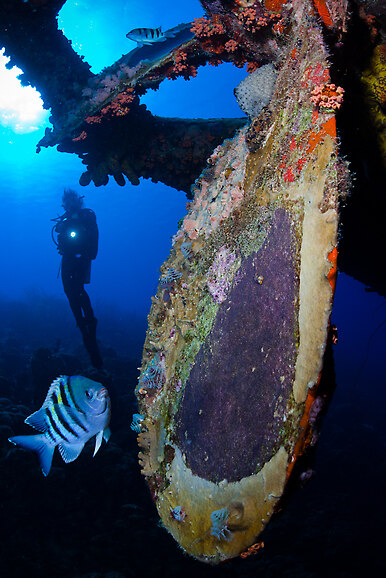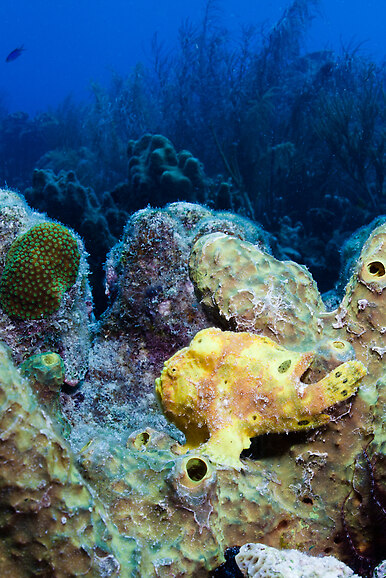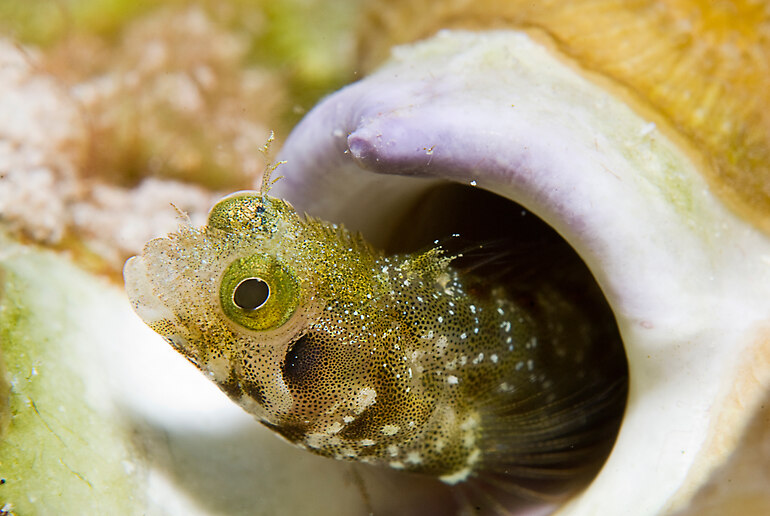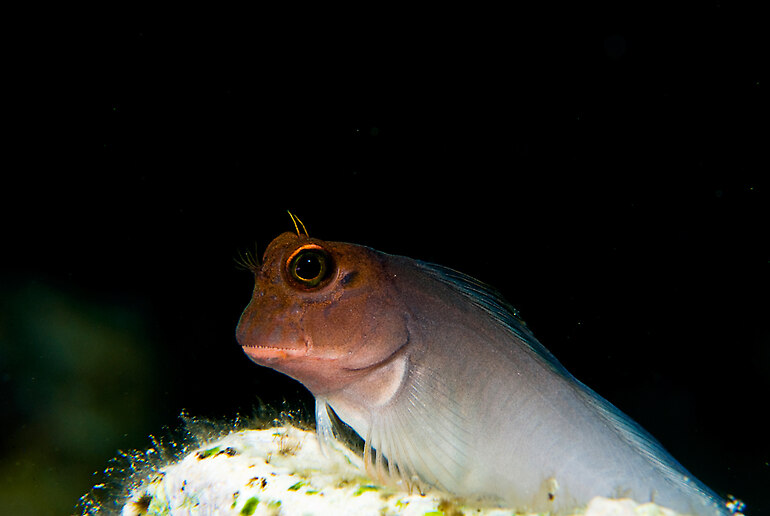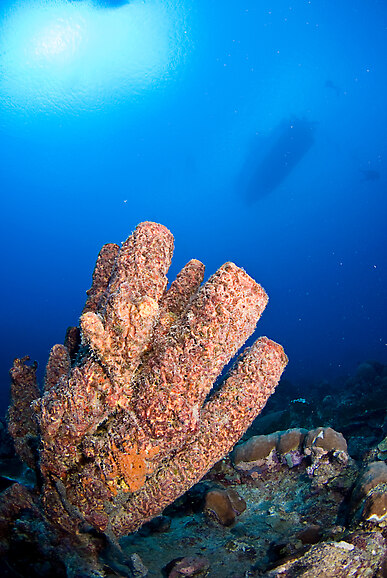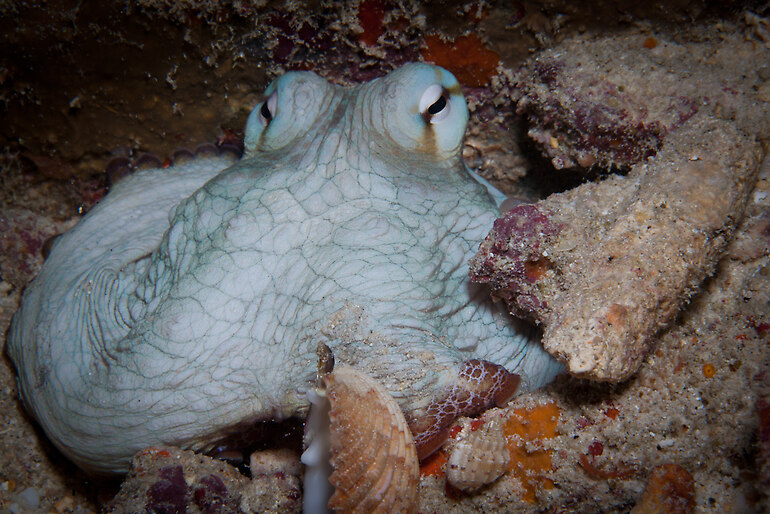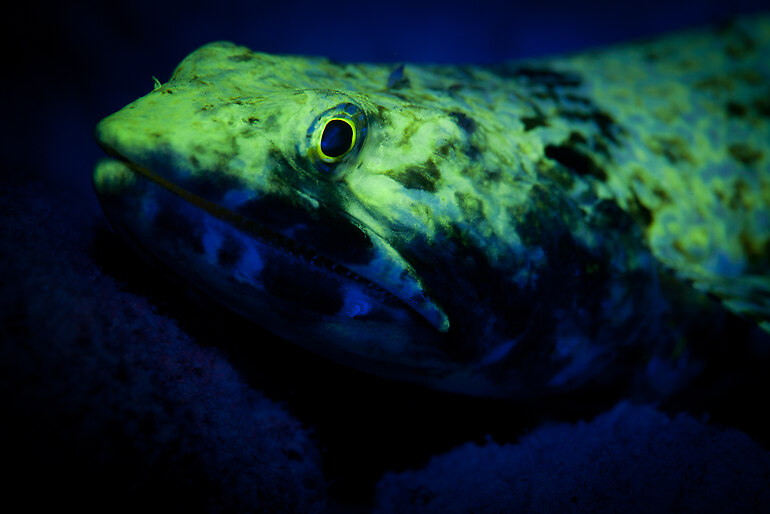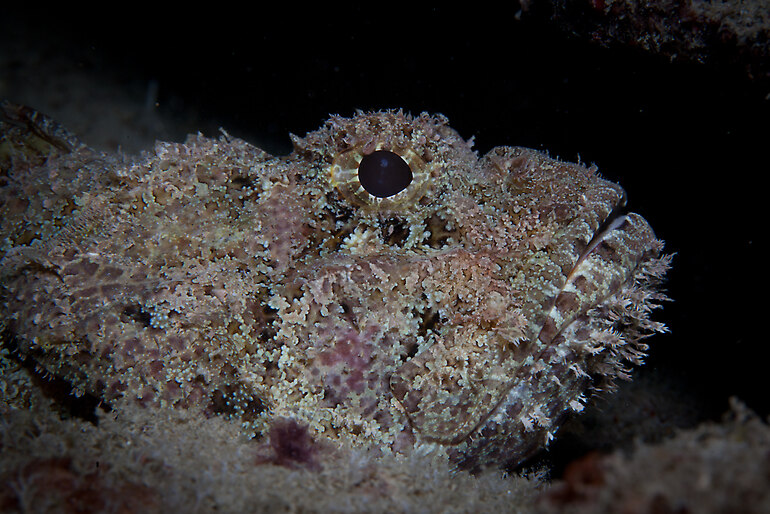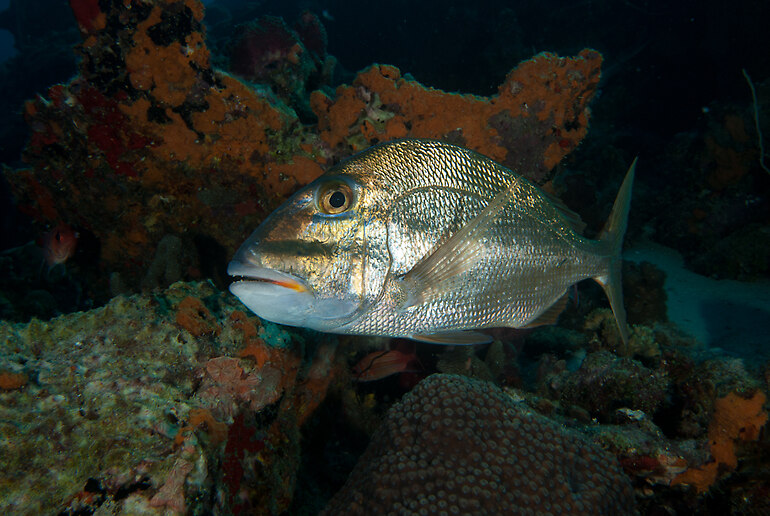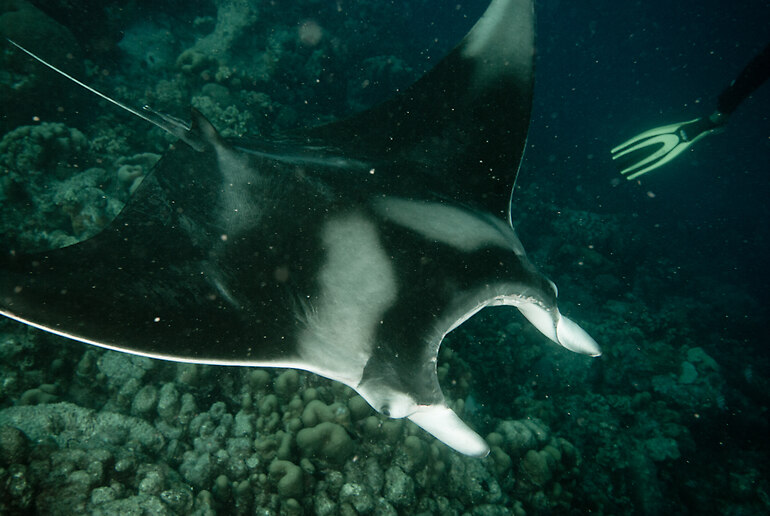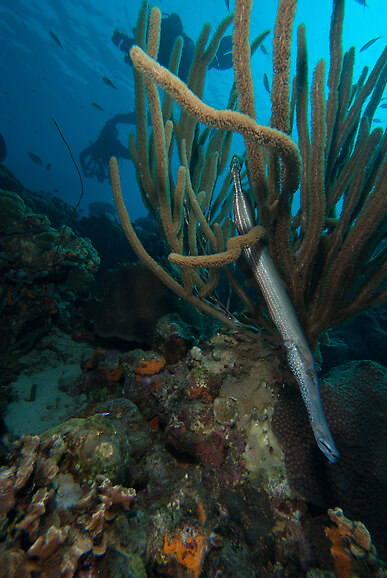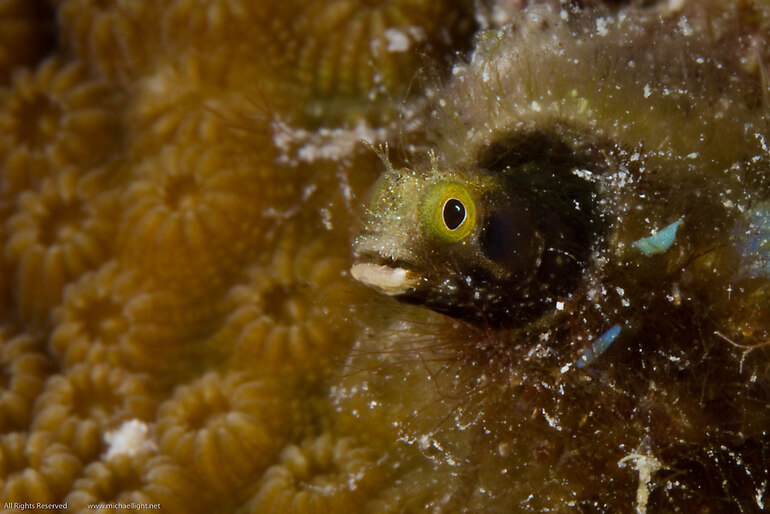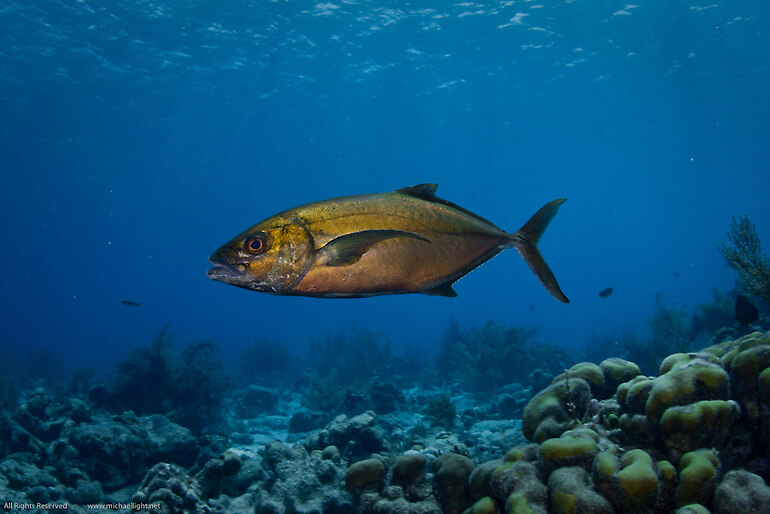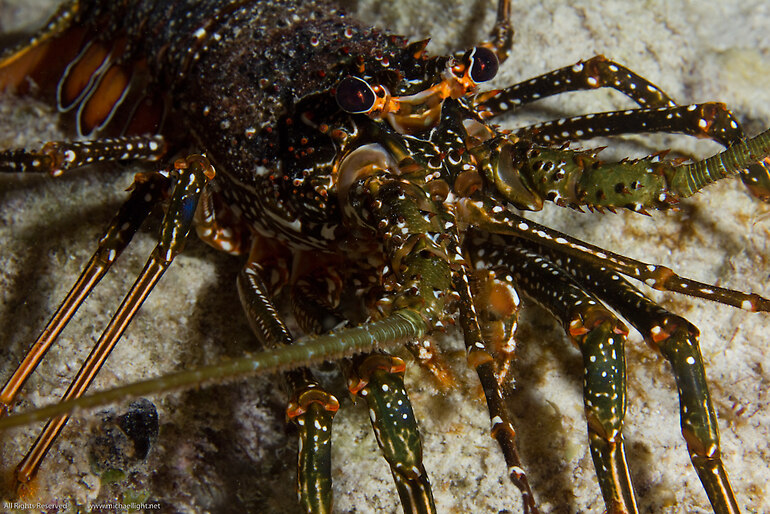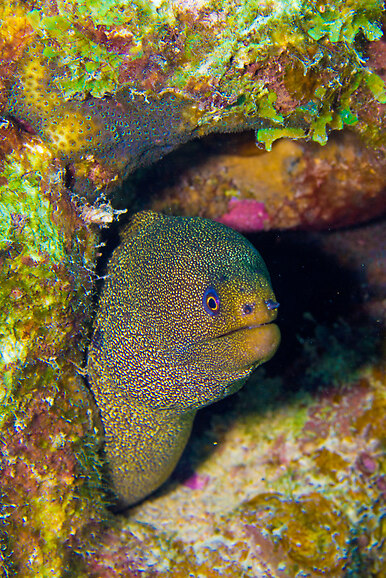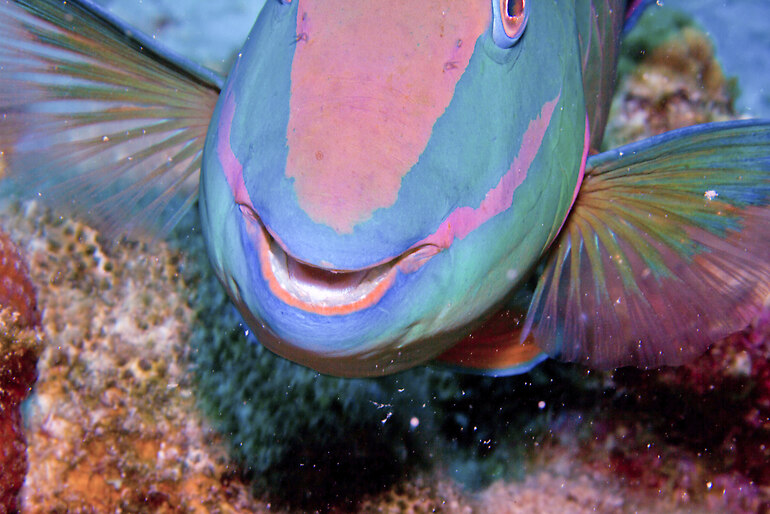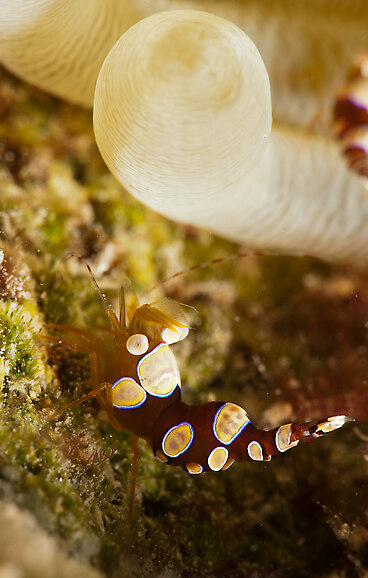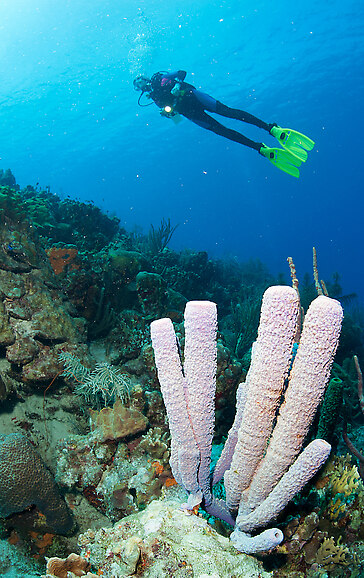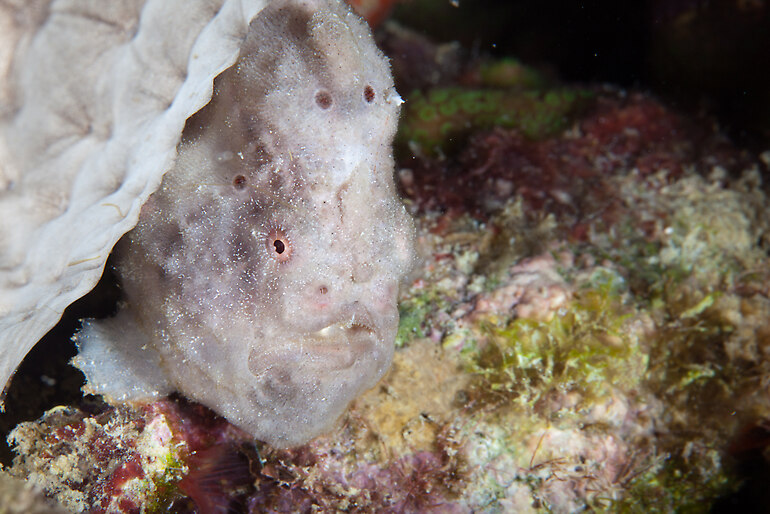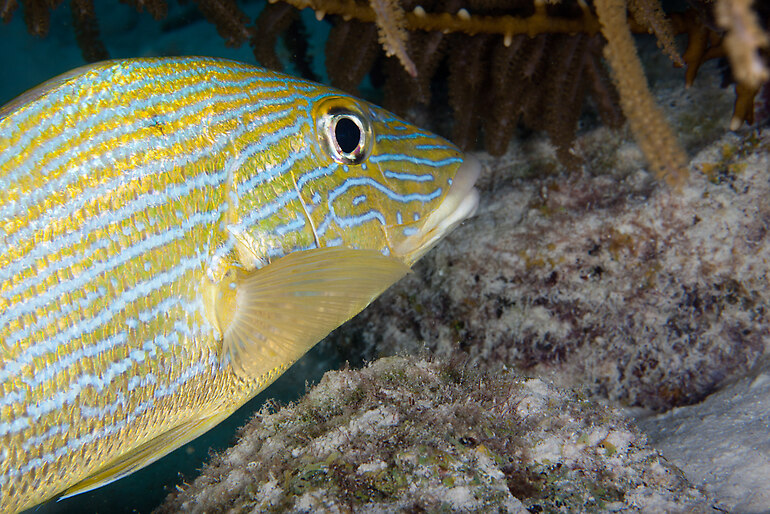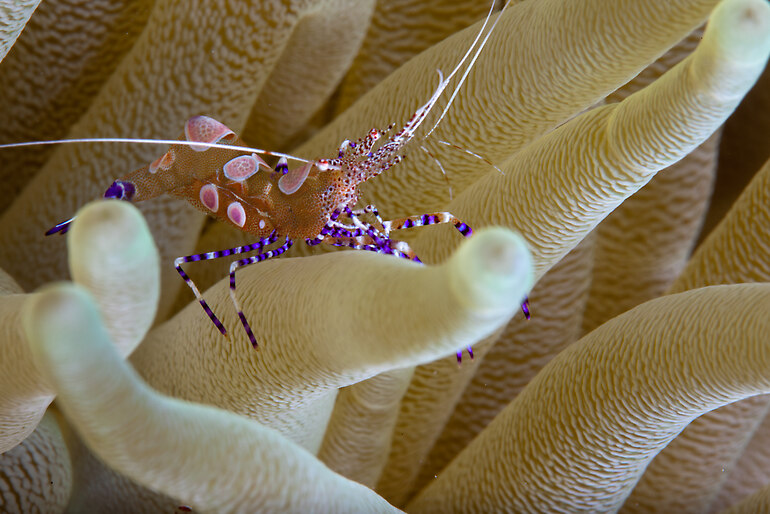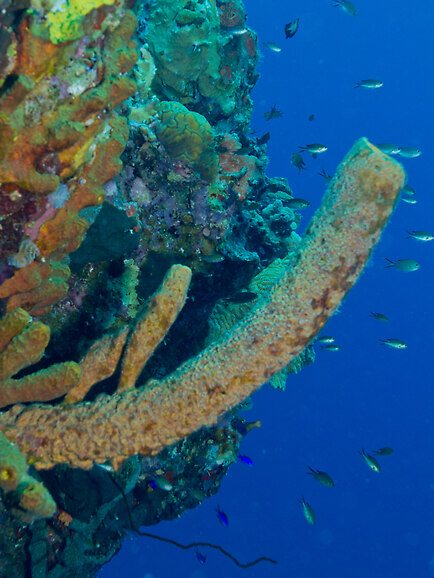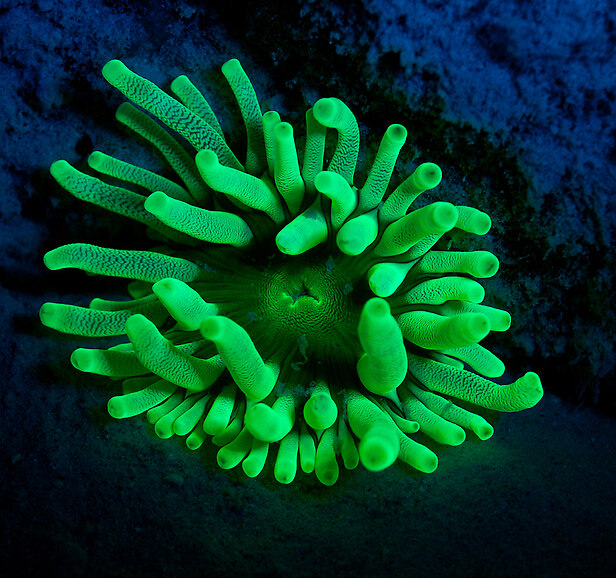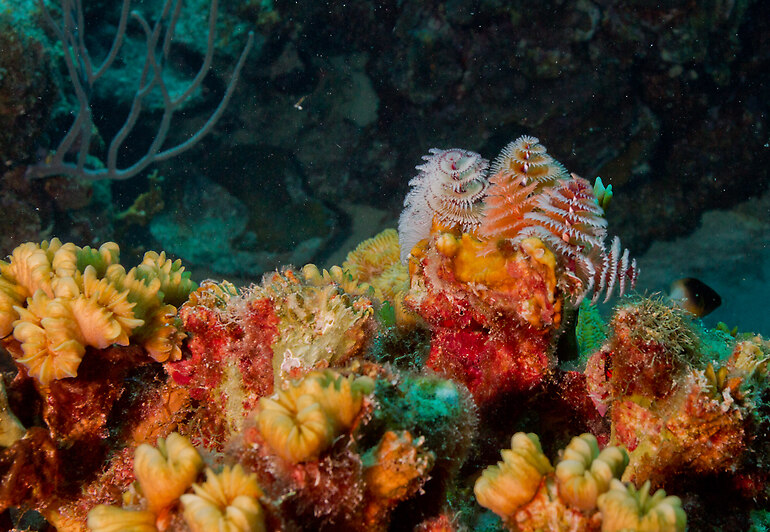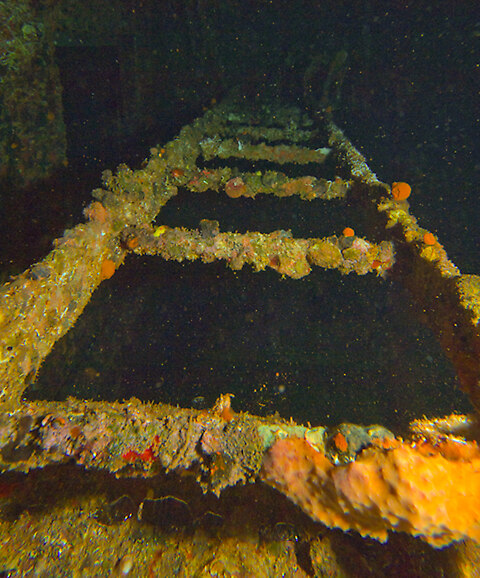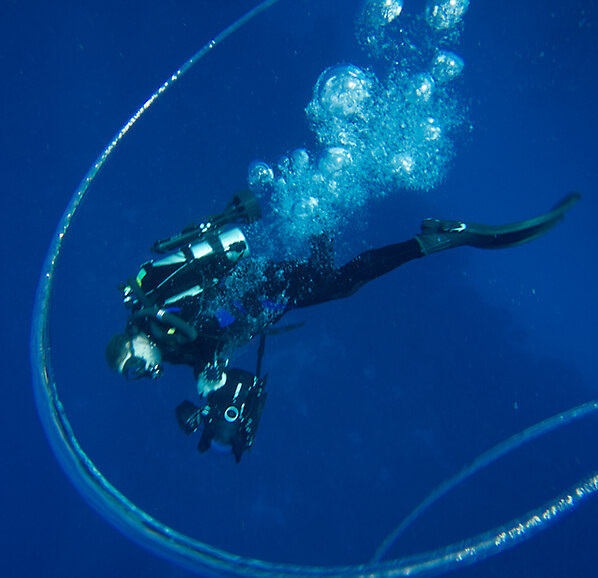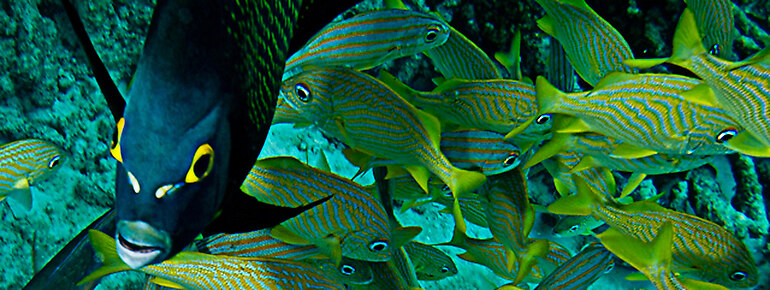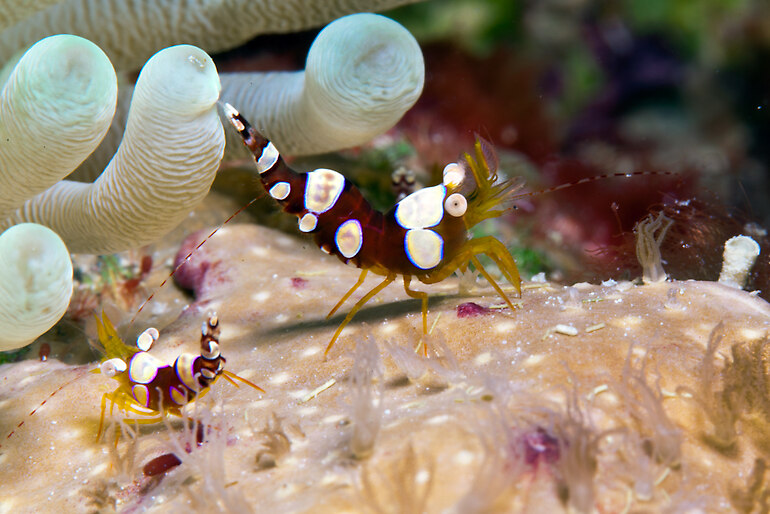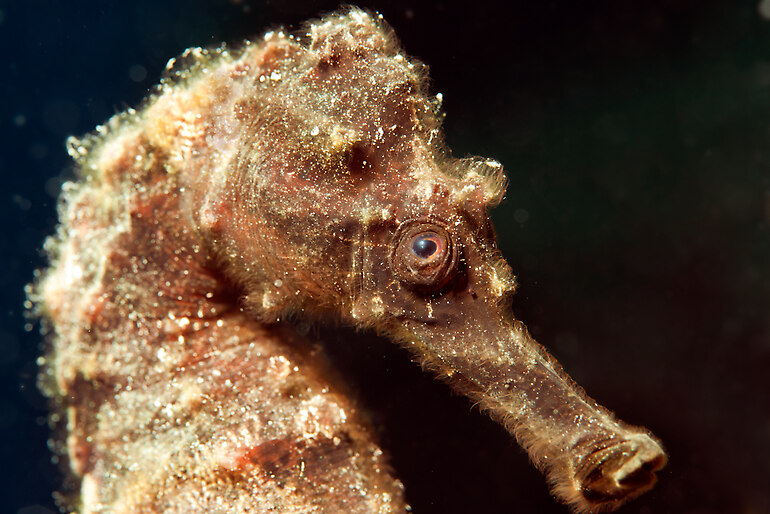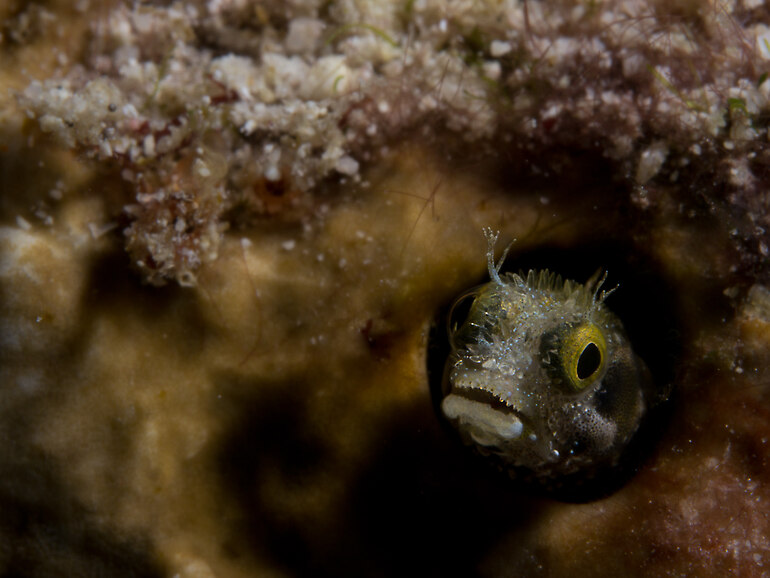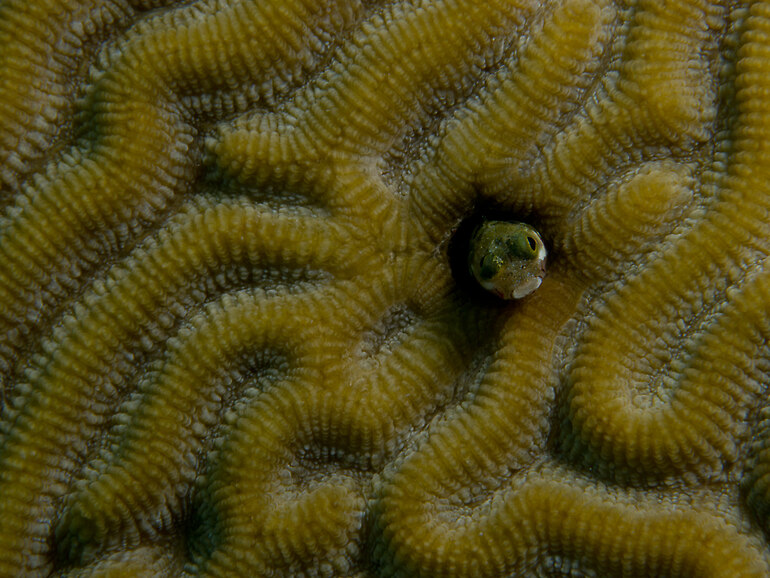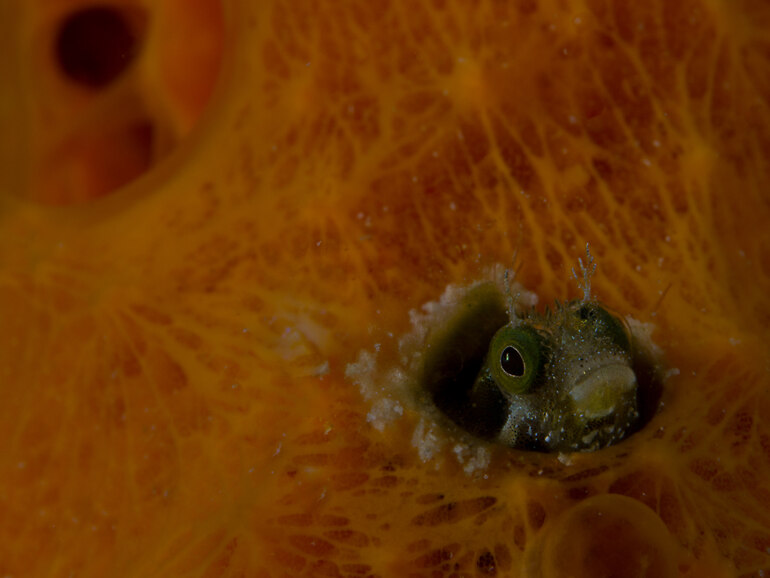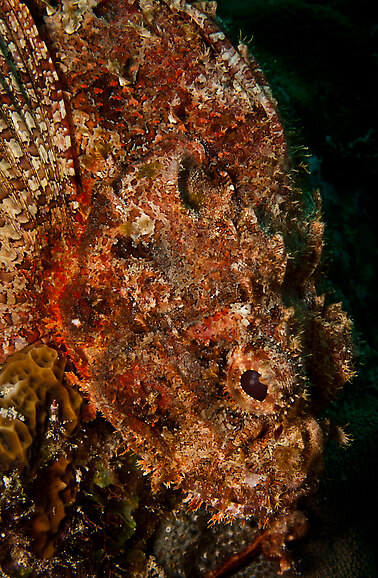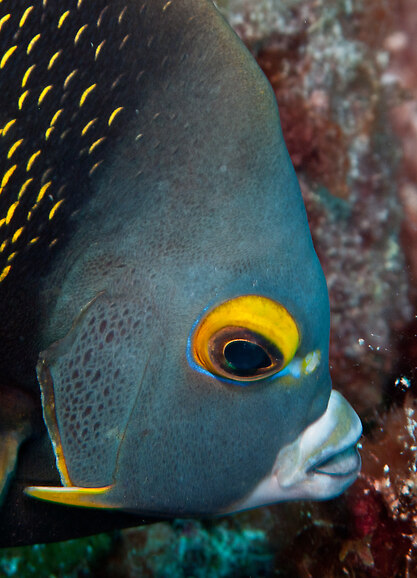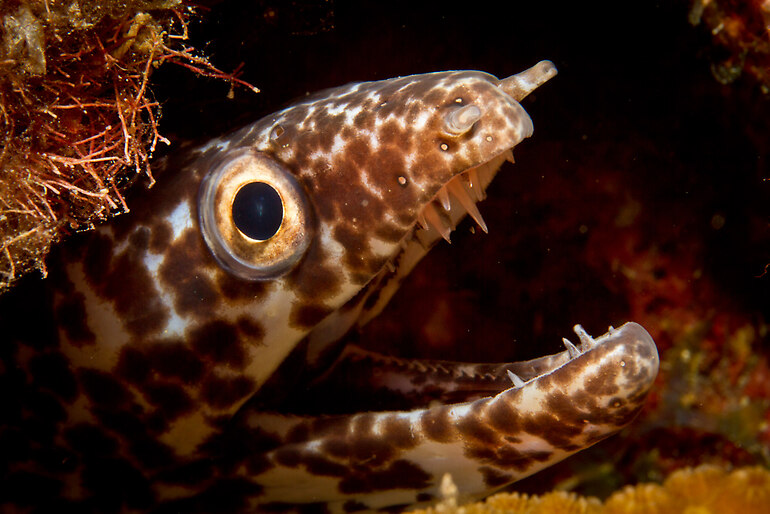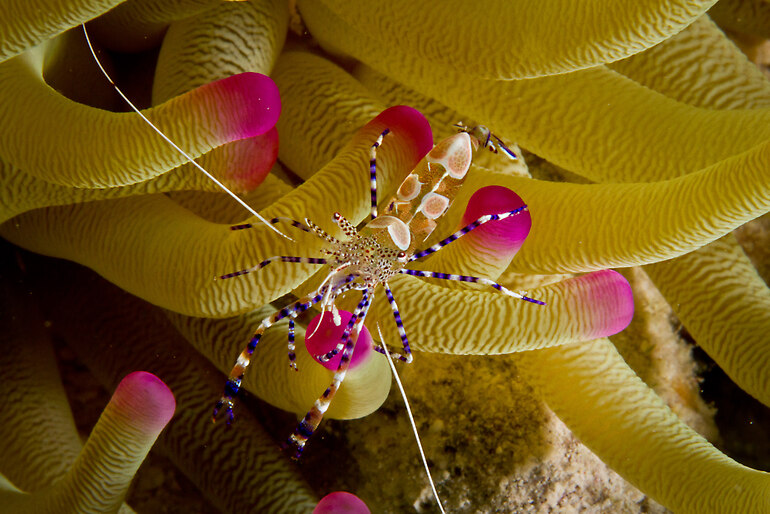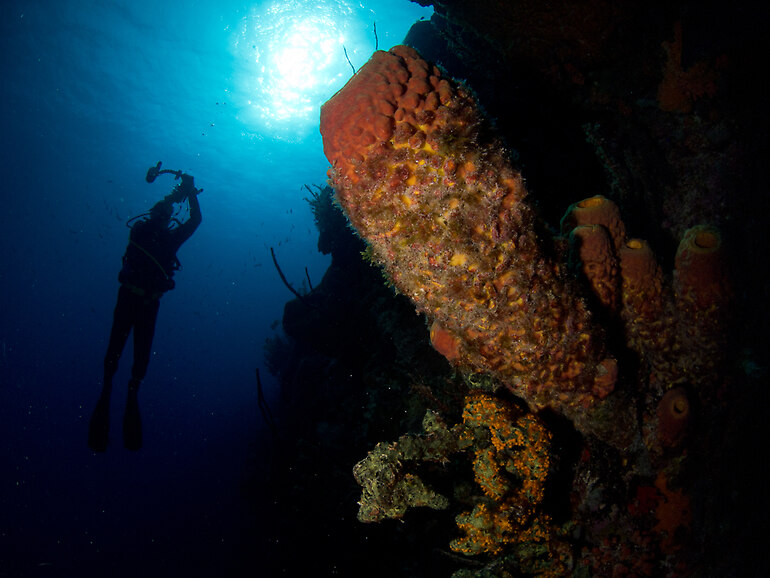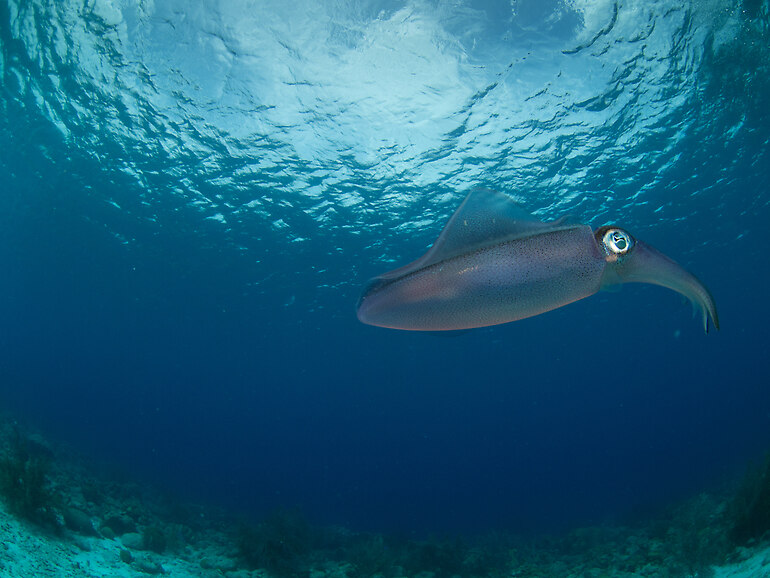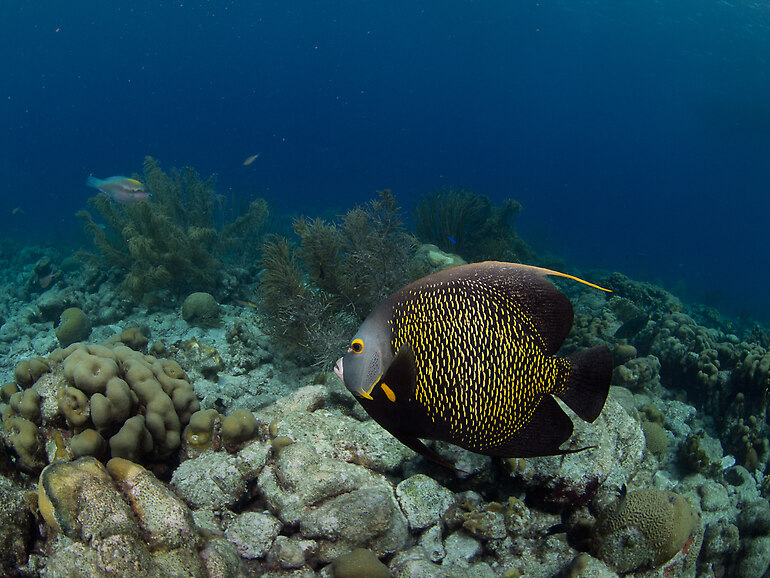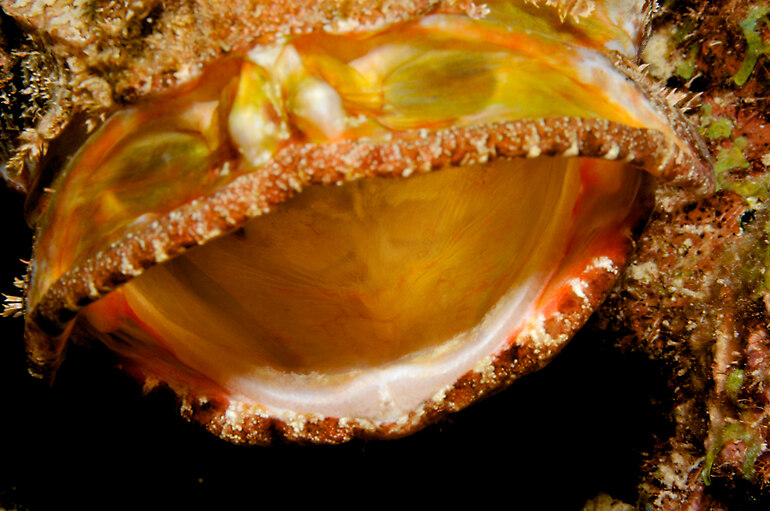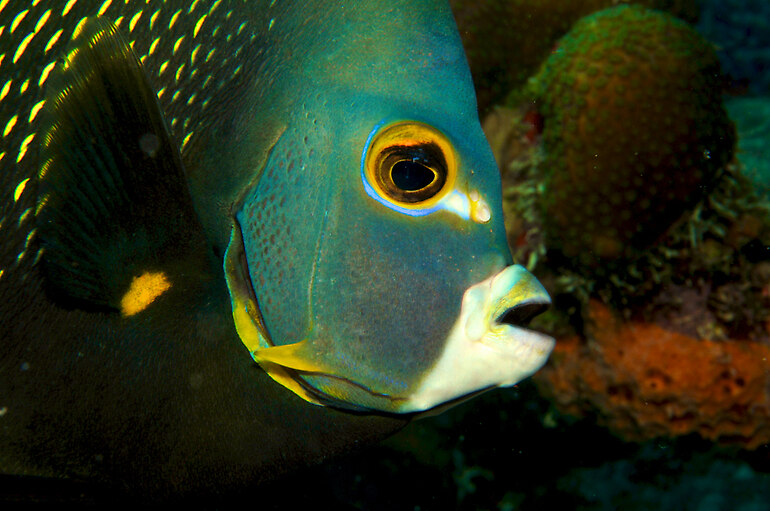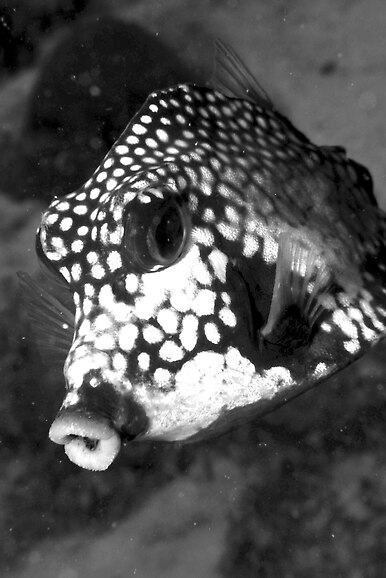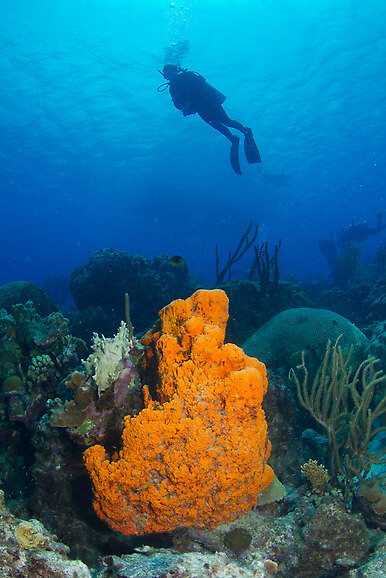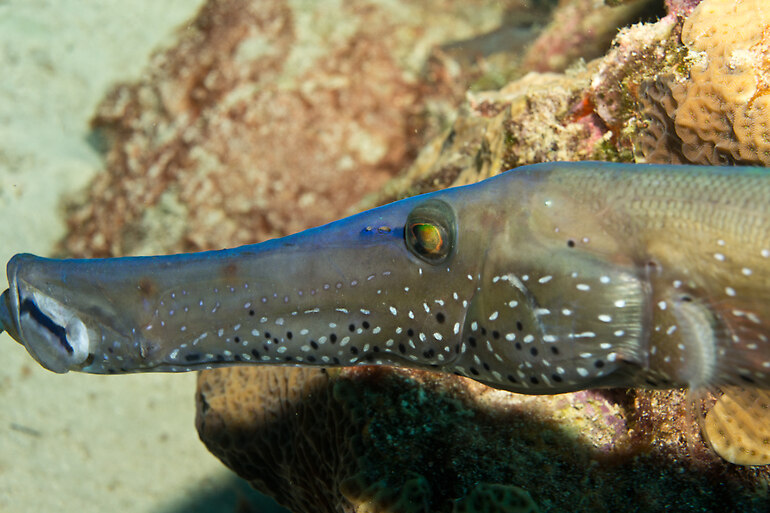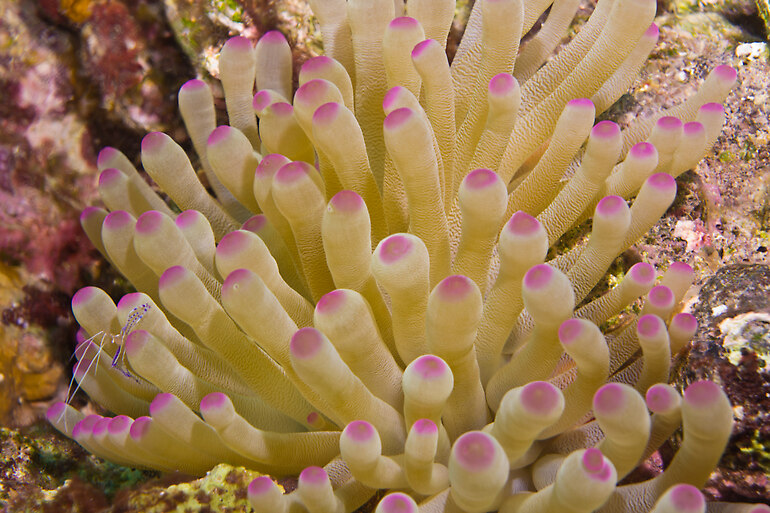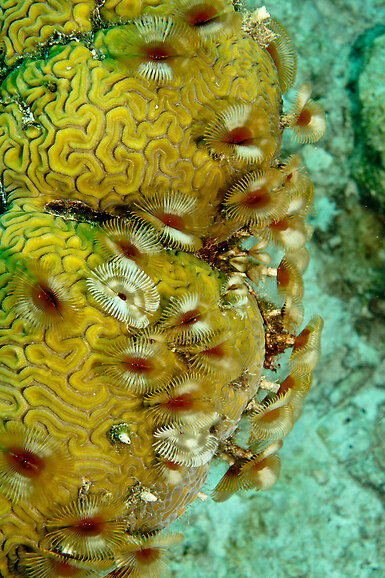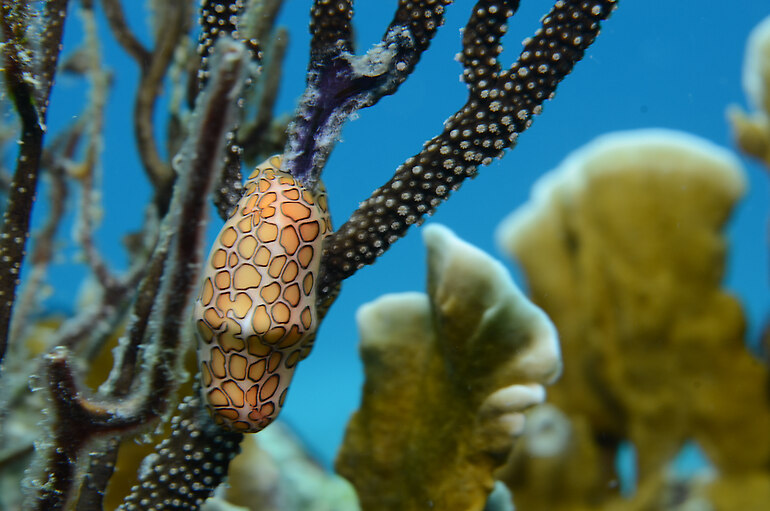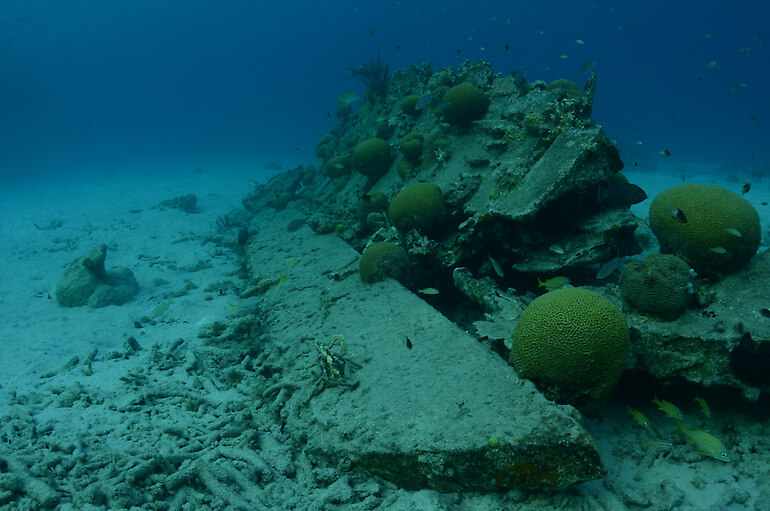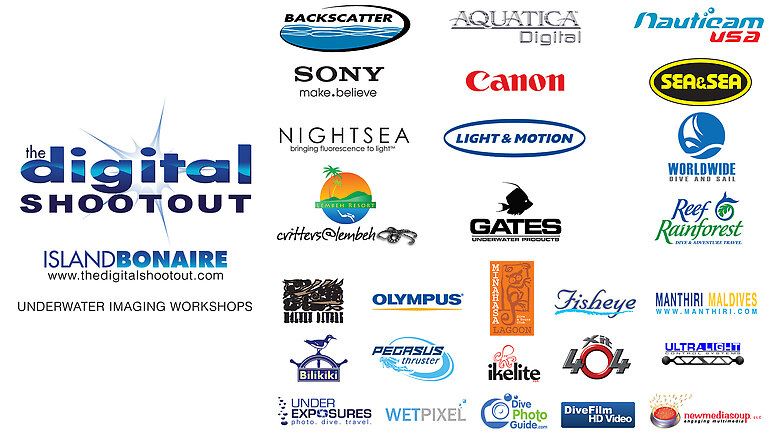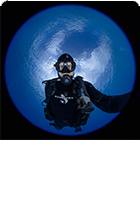


| BOAT | DIVE SITE | ||
| Alice H. | 1 | hilma hooker | |
| 2 | angel city | ||
| Sea Queen | 1 | hilma hooker | |
| 2 | 18th palm | ||
| Sunsine | 1 | carl's hill | |
| 2 | andrea 2 | ||
| Sunburst | 1 | something special | |
| 2 | windsock | ||
| Sea Gysy | 1 | invisibles | |
| 2 | mi dushi | ||
PREMIERE SPONSORS ©2012 THE DIGITAL SHOOTOUT
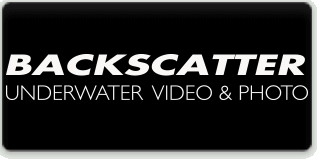

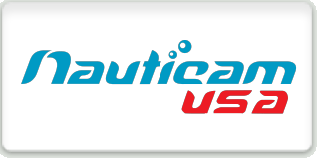



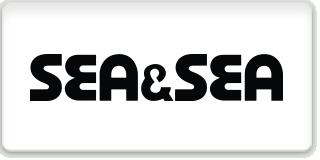




FEATURED SPONSORS

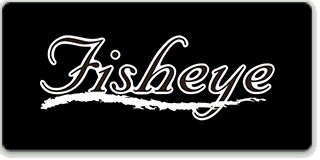







ADDITIONAL SPONSORS


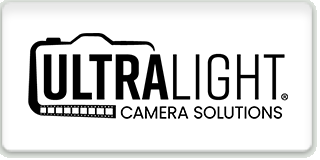




MEDIA PARTNERS
![]()
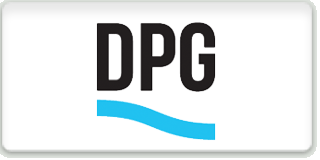



Site by newmediasoup, LLC
VIDEO OF THE DAY - On The Alice H.
|
8:00 AM Dive Boats Depart
12:00 PM Lunch Break
2:30 PM Seminars: Lightroom Library & Lightroom Develop
5:00 PM Dinner Break
7:30 PM Slide Show Bar Party
IMAGE PROCESSING... EVERYONE DOES IT
Last year, the Lightroom and Photoshop help center - Go Ask Erin - was always buzzing with a line out the door of participants with their images and related questions. This year, the help center has grown to Go Ask Erin or Sterling. You couldn't ask for more knowledgable pros for this job, as they share tips and tricks and demystify both Lightroom and Photoshop. Working overtime to accommodate everyone's needs and answer everyone's questions, it's not uncommon to see a late night tutorial happening... and all for the price of a beer!
Lightroom is a very powerful and useful data base program that catalogs your images and allows some degree of photo post processing. Getting started can be daunting for the Lightroom newbie. Sterling Zumbrunn explained the Library module, the ease of importing your photos, setting up your folder system and meta tagging your images. While all this housekeeping may seem a bit boring, if set up properly from the beginning, you will be pleased with the organization when searching for specific images at a later date.
When Lightroom isn't enough for processing those underwater images, Photoshop is the answer! First, Erin Quigley masterfully dissected the Lightroom Develop module, showing how a few global adjustments can greatly improve an image. Then, for some images requiring a bit more attention, she covered several of the more popular tools used in Photoshop for underwater photography.
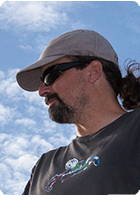 Berkley White: I had a typical dive gear malfunction today. Well, it's not typical in that I hacked a zoom gear to work on a new camera lens, but was typical in that sometimes your gear doesn't quite work as planned. I was stoked to dive the wreck of the Hilma Hooker, but at 90 feet I rotated my hacked zoom system and spun the gear right off the lens. Since we were on a schedule, I chose to not retreat to the boat from 90 feet and just keep shooting. Not sure I can use the footage, but it was a great practice dive with the Gates VL24 lights. Berkley White: I had a typical dive gear malfunction today. Well, it's not typical in that I hacked a zoom gear to work on a new camera lens, but was typical in that sometimes your gear doesn't quite work as planned. I was stoked to dive the wreck of the Hilma Hooker, but at 90 feet I rotated my hacked zoom system and spun the gear right off the lens. Since we were on a schedule, I chose to not retreat to the boat from 90 feet and just keep shooting. Not sure I can use the footage, but it was a great practice dive with the Gates VL24 lights.
Sterling and Erin gave great seminars on Lightroom today. I even learned a few twists on database techniques and keyboard shortcuts. I'm really impressed with their teaching skills and patience with new shooters. It was great to hear so many guest say, "Ahhhh… now I get it" and lose their fear of new software.



 Rusty Sanoian: Today we are scheduled to go to some nice dive sites, one of which a baby manta ray has been spotted several times. However, I am planning on spending both dives in the shallows looking for tube blennies which are very tiny fish that measure less than half an inch and have a lot of personality for such a small fish. They do not sit still for long and are always searching with their large eyes.
The Micro Four thirds camera category is fairly new to the underwater camera market. Many photographers who were shooting point and shoot cameras and were in the market for an upgrade have chosen a four thirds camera like the Olympus Pen for its larger sensor, lack of shutter lag, interchangeable lens and small size. Rusty Sanoian: Today we are scheduled to go to some nice dive sites, one of which a baby manta ray has been spotted several times. However, I am planning on spending both dives in the shallows looking for tube blennies which are very tiny fish that measure less than half an inch and have a lot of personality for such a small fish. They do not sit still for long and are always searching with their large eyes.
The Micro Four thirds camera category is fairly new to the underwater camera market. Many photographers who were shooting point and shoot cameras and were in the market for an upgrade have chosen a four thirds camera like the Olympus Pen for its larger sensor, lack of shutter lag, interchangeable lens and small size.
Today I am diving the highly anticipated Nauticam GH2 housing for the Panasonic GH2 camera. This is an amazing camera in a tiny package. It shoots high quality HD video on par or better than some of the current DLSRs and can shoot 1080p at 24 fps. The housing we have is a prototype and there might be some small changes by the time the final production model is released. There are some incredible lenses available for this camera. Today I will be shooting the Panasonic 45 macro lens with an external wetmate Inon UCL-330 close up lens 67mm for some super macro images. Because of the 2x crop factor on this camera, the Panasonic 45 is an excellent close up lens and ends up being 90mm. The included images were taken with this lens and the external Inon close up lens, these images are straight from the camera with no cropping. The Auto focus is quick and accurate on this camera and all I can say is I am very impressed. The Nauticam housing has excellent controls and the large acrylic viewing screen on the back was extended high enough to allow the user to view the camera's electronic viewfinder. The viewfinder is excellent on this camera but trying to view it underwater is challenging. If Nauticam is able to make a magnified viewfinder this would be a huge benefit! The housing’s ergonomics are top notch. There is a command dial on the top right of the housing that allows you to change aperture/shutter speed easily. The housing is larger than the Nauticam EPL-2 Pen housing due to the Panasonic GH2’s flash which sits high on the camera and must be fully extended in order to operate properly. The housing is still smaller than the DSLR housings for the Canon T2i and Nikon D90, and the cost of the housing/ports is also cheaper. This is an excellent system for travel. I own a GH2 camera and have been wanting to shoot it underwater since I purchased it. For trips where I do not want to haul my Canon 5D MKII and housing around, the GH2 could be the perfect answer. Stay tuned for an article with more information on this camera and housing at www.backscatter.com! 


  Charlie Mazel & Ross Kniffin: You might think that animals that are active in the dark would be bothered by us fluorescence night divers with our bright blue lights and strobes, but at least some of them don’t seem to mind. A sharptail eel was out again rooting around the rubble making a great photo subject and completely ignoring us. The mantis shrimp at the corner of the dock was also more cooperative than he had been the last few dives and several photographers were able to get good fluorescence and white light pics. The pictures here were taken by Shootout participant Philip Seys. Charlie Mazel & Ross Kniffin: You might think that animals that are active in the dark would be bothered by us fluorescence night divers with our bright blue lights and strobes, but at least some of them don’t seem to mind. A sharptail eel was out again rooting around the rubble making a great photo subject and completely ignoring us. The mantis shrimp at the corner of the dock was also more cooperative than he had been the last few dives and several photographers were able to get good fluorescence and white light pics. The pictures here were taken by Shootout participant Philip Seys.



|
 Dan Baldocchi: I've been a Sony guy for as long as I can remember. In fact some of my first dives ever were with a Sony TR101 Hi8 camera right here in Bonaire in the early 90s. But this year I'm really excited to try out the new HF G10 camcorder from Canon. With the same lens and sensor as its professional big brother the XF105, this little guy offers some pretty amazing features and image quality in a compact, travel friendly package. It's been getting rave reviews on land, but to me, the real test is how it performs underwater. I've brought my Light & Motion BlueFin housing with a Fathom 90° lens and a pair of Sola 4000 video lights, ready to put the camera to the test. White balance ability, low light clarity, focus control, manual exposure adjustments… It will take me a while to critically analyze the results, but from what I've seen so far, it looks pretty good. The color is fantastic with little to no noise in the blues. Here are a few sample clips strung together, nothing fancy, that'll come later. Dan Baldocchi: I've been a Sony guy for as long as I can remember. In fact some of my first dives ever were with a Sony TR101 Hi8 camera right here in Bonaire in the early 90s. But this year I'm really excited to try out the new HF G10 camcorder from Canon. With the same lens and sensor as its professional big brother the XF105, this little guy offers some pretty amazing features and image quality in a compact, travel friendly package. It's been getting rave reviews on land, but to me, the real test is how it performs underwater. I've brought my Light & Motion BlueFin housing with a Fathom 90° lens and a pair of Sola 4000 video lights, ready to put the camera to the test. White balance ability, low light clarity, focus control, manual exposure adjustments… It will take me a while to critically analyze the results, but from what I've seen so far, it looks pretty good. The color is fantastic with little to no noise in the blues. Here are a few sample clips strung together, nothing fancy, that'll come later.  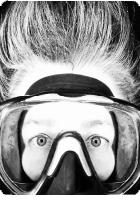 Erin Quigley: This is my third visit to Bonaire, and although I've always enjoyed the diving, I never expected to see a manta ray here. Today, a small manta cruised the reef's edge at Something Special, coming within inches of the divers. Even with my Tokina 10-17mm lens all the way out at 10mm, I still couldn't fit the whole animal in the frame. Maybe I was just distracted by the bubbling, screaming, rattling and frenzied tank banging. Can't wait to see the images at the slideshow party tonight. Mantas are great subjects for Black and White conversion, and Lightroom and Camera Raw both make it crazy simple to do using the Targeted Adjustment Tool. Erin Quigley: This is my third visit to Bonaire, and although I've always enjoyed the diving, I never expected to see a manta ray here. Today, a small manta cruised the reef's edge at Something Special, coming within inches of the divers. Even with my Tokina 10-17mm lens all the way out at 10mm, I still couldn't fit the whole animal in the frame. Maybe I was just distracted by the bubbling, screaming, rattling and frenzied tank banging. Can't wait to see the images at the slideshow party tonight. Mantas are great subjects for Black and White conversion, and Lightroom and Camera Raw both make it crazy simple to do using the Targeted Adjustment Tool.


  Jean Bruneau: Well, we are settling in as a group and picking up the pace. Most of the unpacking glitches have been checked off. A few had luggage delays, but everyone pulled together and we managed to get bolts for the grip to one, a BCD to another, a prescription mask, a regulator etc. In short, nobody was left high and dry. You just got to love this community. Jean Bruneau: Well, we are settling in as a group and picking up the pace. Most of the unpacking glitches have been checked off. A few had luggage delays, but everyone pulled together and we managed to get bolts for the grip to one, a BCD to another, a prescription mask, a regulator etc. In short, nobody was left high and dry. You just got to love this community.
This morning we did the Hilma Hooker, Bonaire’s famous wreck. Well, she is still a beauty and I took the opportunity to redo some shots I was not totally happy with from two years ago. Wrecks are nice in that way. It’s pretty hard to ask a grouper to strike a pose, let alone the same as two years earlier! I worked principally at positioning the sun behind my subject to get the aura of bluish light surrounding it, doing so kind of takes care of the cyan cast banding found around the hot spot created by the sun. Tonight I will likely punch a dive under the resort dock (there is always something to see under it). I have been alternating between optical strobes and old school wired ones in the last few days. I have a hybrid setup on my housing. This option on our Aquatica housings allows for a optical connector on one side and an electrical one on the other, that offers you the maximum flexibility as far as connecting strobes. One set I have is a pair of Ikelite venerable DS-160. They pack a lot of power, have the warmest and softest of light quality to them and when hooked up to a TTL converter are spot on exposure wise... but they are bulky and heavy and while I do appreciate the huge amount of light when shooting fisheye lenses, I do find them unusually heavy when shooting macro. Macro set ups are typically the heaviest. When shooting wide, you normally have a substantial air bubble inside the housing that is formed by the dome. With macro you typically have a streamlined aluminum or plastic tube with a small port lens on the front, that leaves very little internal air that would lighten up the setup. That's where the INON Z-240s are appreciated. They are smaller and lighter but not as powerful as the DS-160, but that is ok for me, as typically the power output needed in macro is less because the subject is closer. A big plus as well is the optical fibre connection, it is simplicity itself. You can remove a sync cord underwater, remove the strobe from the housing, have your buddy hold it in position for you and still maintain full S-TTL capability as long as one strobe is left on the housing to trigger the other one(s).   Ed Meyers: Hmmm….What did I do with my regulator? Ruh Roh… What was it Berkley was saying yesterday??…." Slow down & think" or something like that….Grrrr.
What did I do with it?……Did Chuckie hide it, ohh wait, he's not here.. Must have been self inflicted. Off to the lost & found. Found it! First day practicing with a 5DMkII and Aquatica housing. Set everything up in Manual mode. What I find amusing is that the mindset is just like it was 20 years ago when I was shooting commercial photography in the studio. Basically set up the aperture and strobes so that they make a great exposure for a given distance and then drag or speed up the shutter to get the background just right. Ahhhhhh, the good 'ol days. Wait! I don't really want to have to load 4x5 film holders in paradise! Let's stick with digital. We should have just bolted a couple thrusters to Chuckie's knee joint's. He would have had more fun zipping around the Caribbean than hobbling around sunny Fla. Another fine evening of looking at wonderful images, both moving and still. Ed Meyers: Hmmm….What did I do with my regulator? Ruh Roh… What was it Berkley was saying yesterday??…." Slow down & think" or something like that….Grrrr.
What did I do with it?……Did Chuckie hide it, ohh wait, he's not here.. Must have been self inflicted. Off to the lost & found. Found it! First day practicing with a 5DMkII and Aquatica housing. Set everything up in Manual mode. What I find amusing is that the mindset is just like it was 20 years ago when I was shooting commercial photography in the studio. Basically set up the aperture and strobes so that they make a great exposure for a given distance and then drag or speed up the shutter to get the background just right. Ahhhhhh, the good 'ol days. Wait! I don't really want to have to load 4x5 film holders in paradise! Let's stick with digital. We should have just bolted a couple thrusters to Chuckie's knee joint's. He would have had more fun zipping around the Caribbean than hobbling around sunny Fla. Another fine evening of looking at wonderful images, both moving and still.
|
JOIN US AT THE 2012 DIGITAL SHOOTOUT IN
CONTINUE TO DAY 5 » | BACK TO TOP







